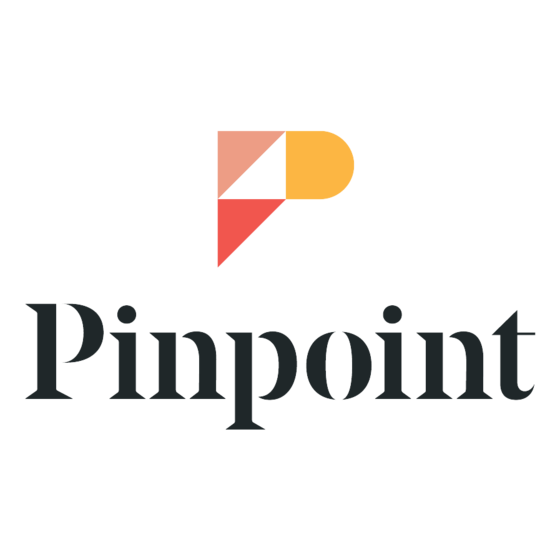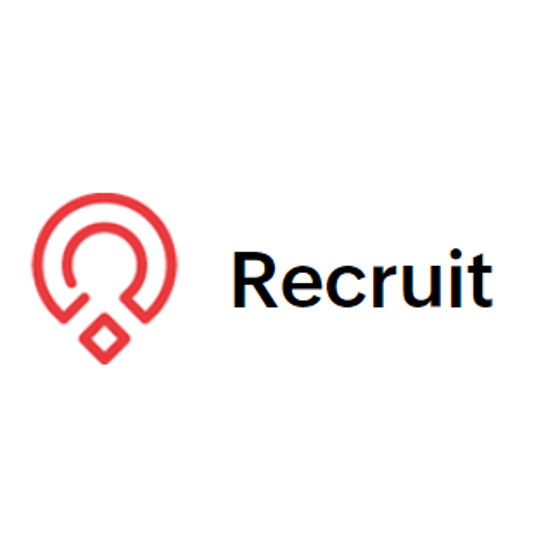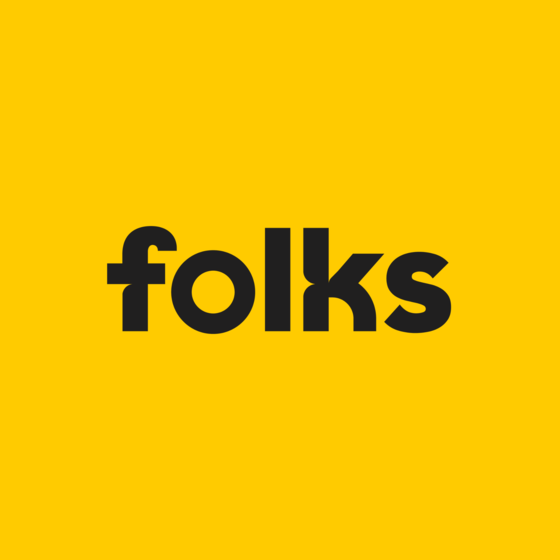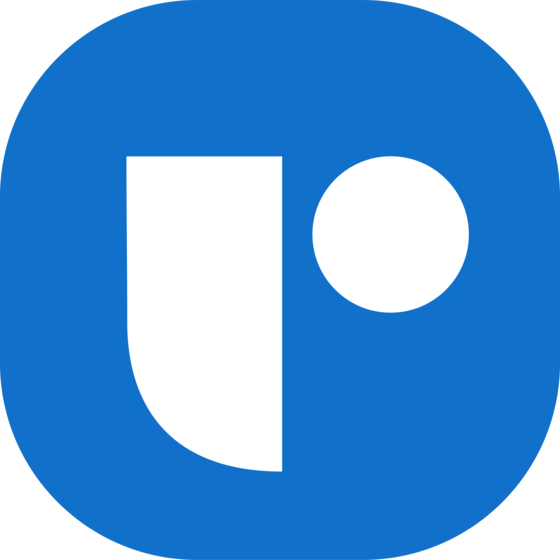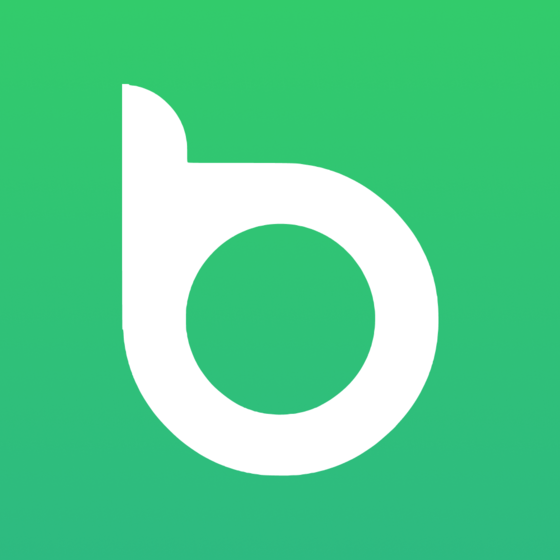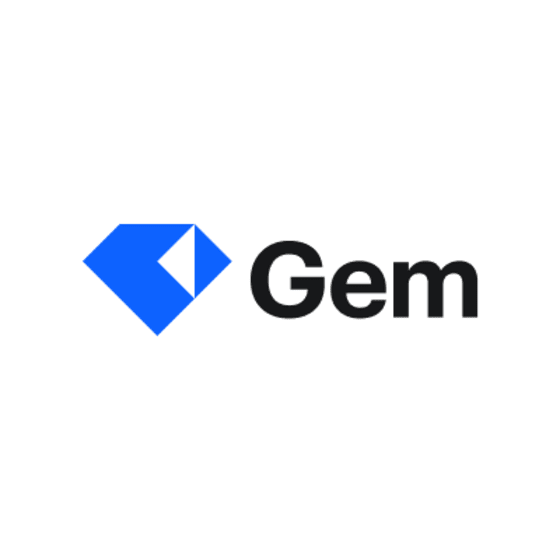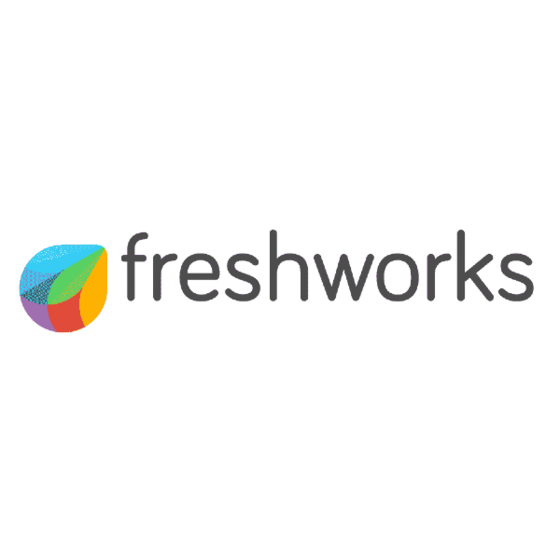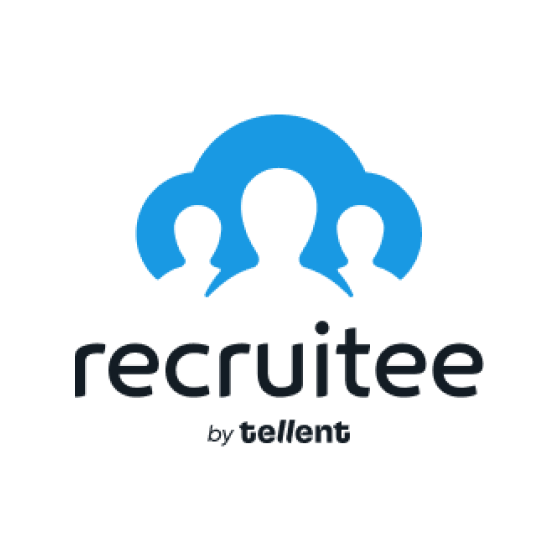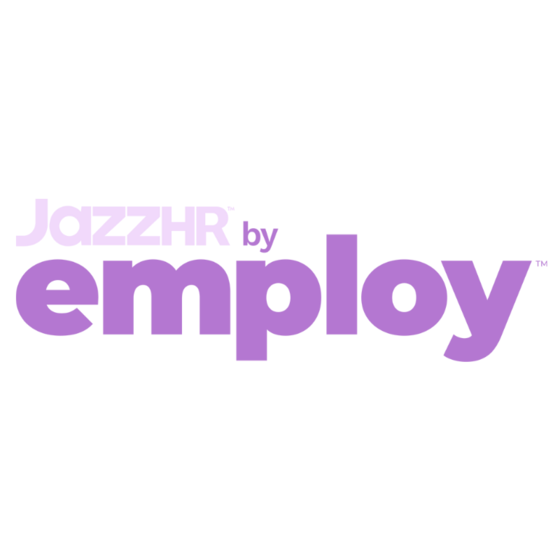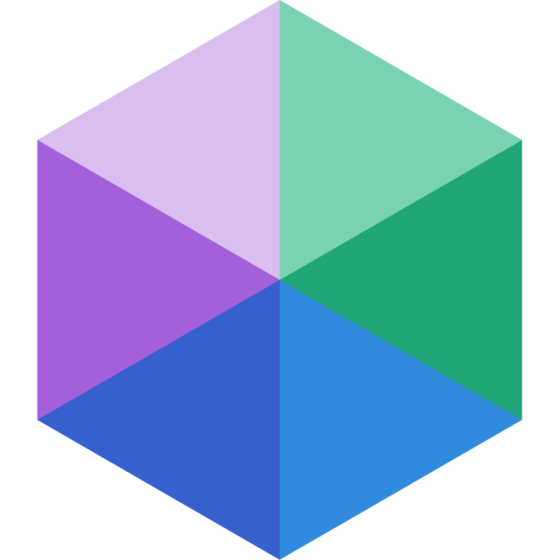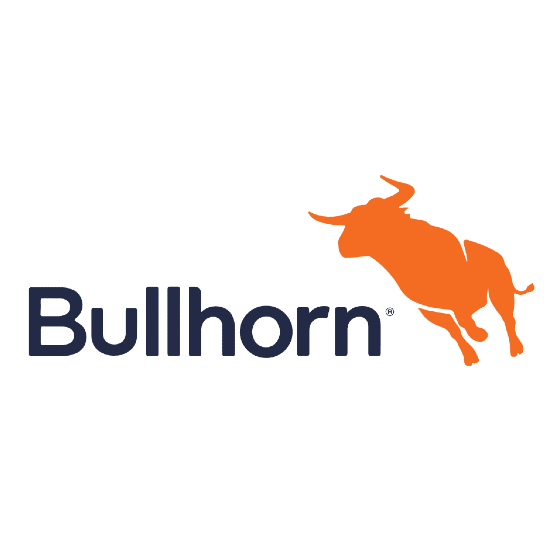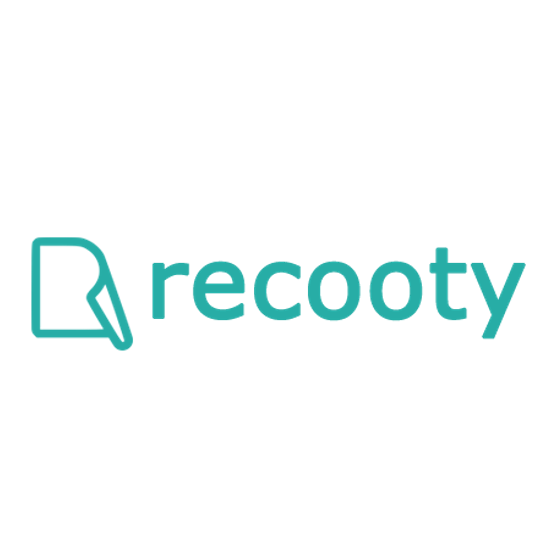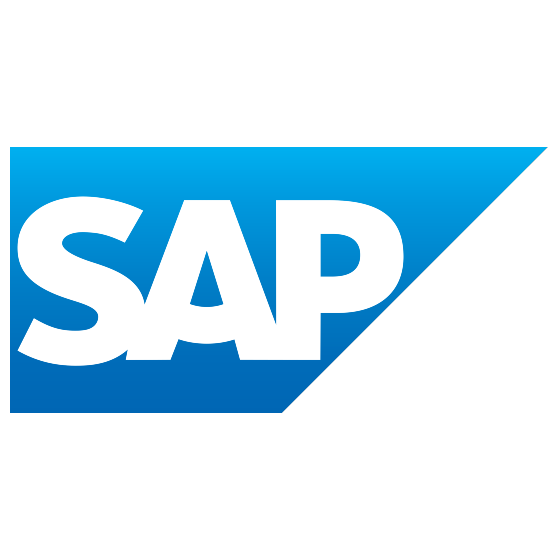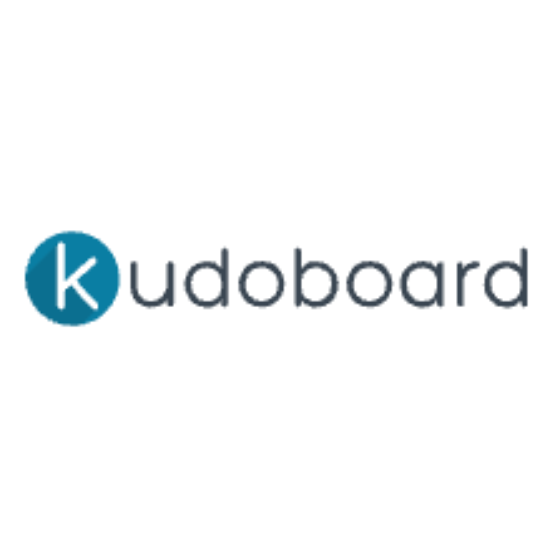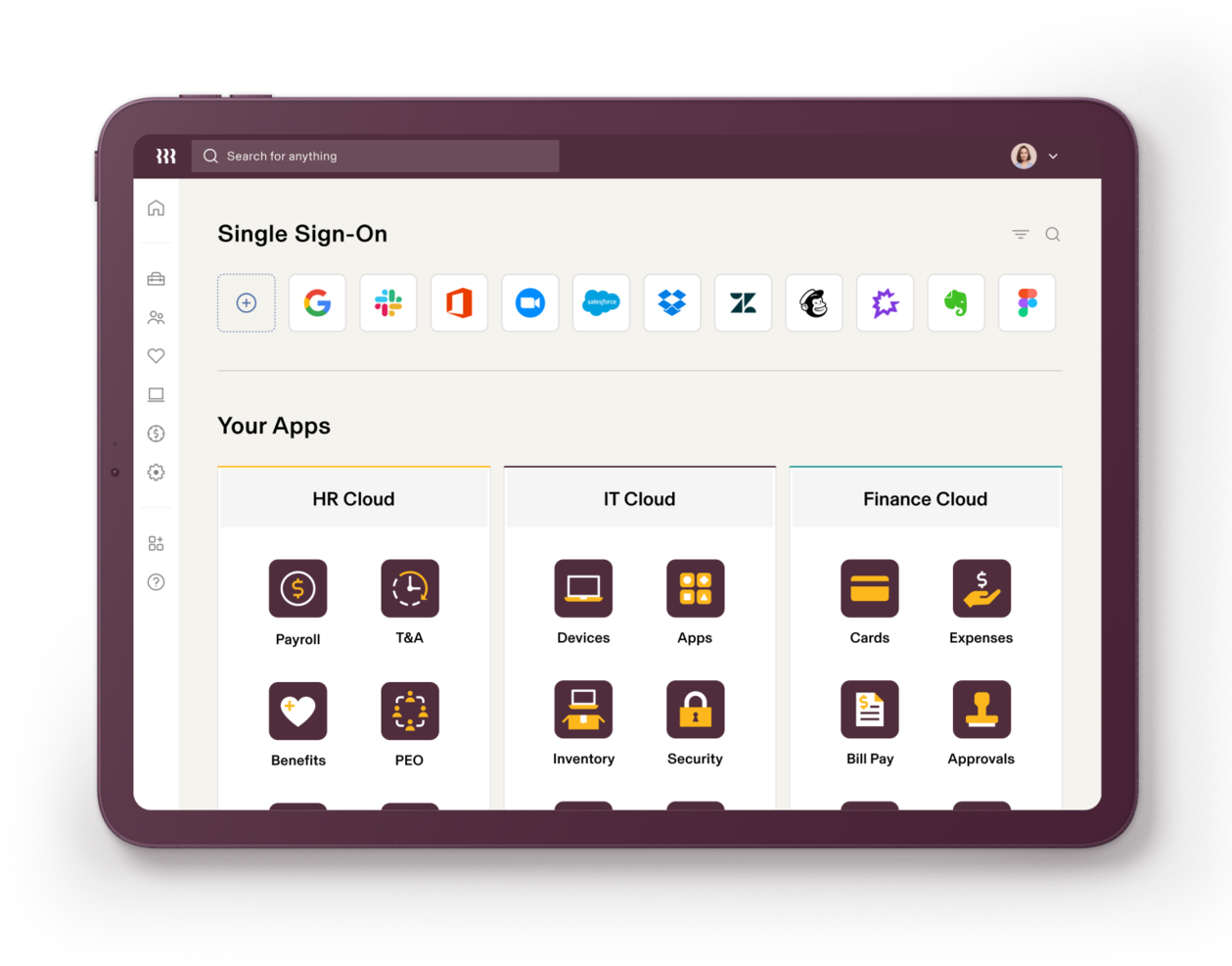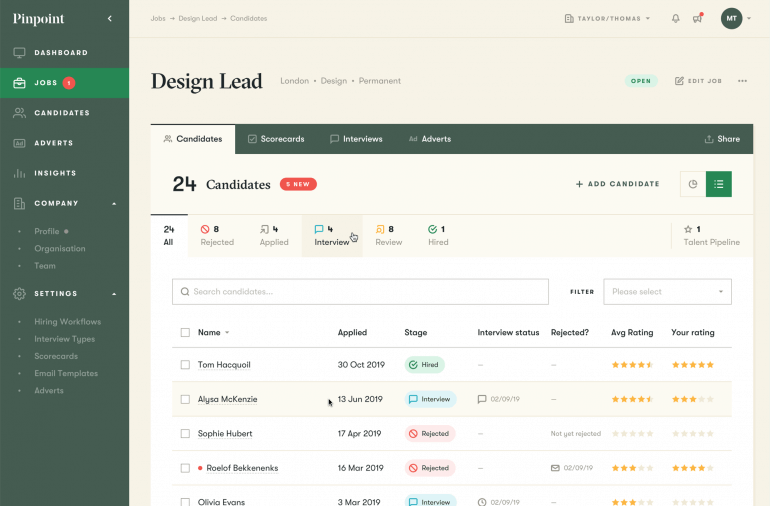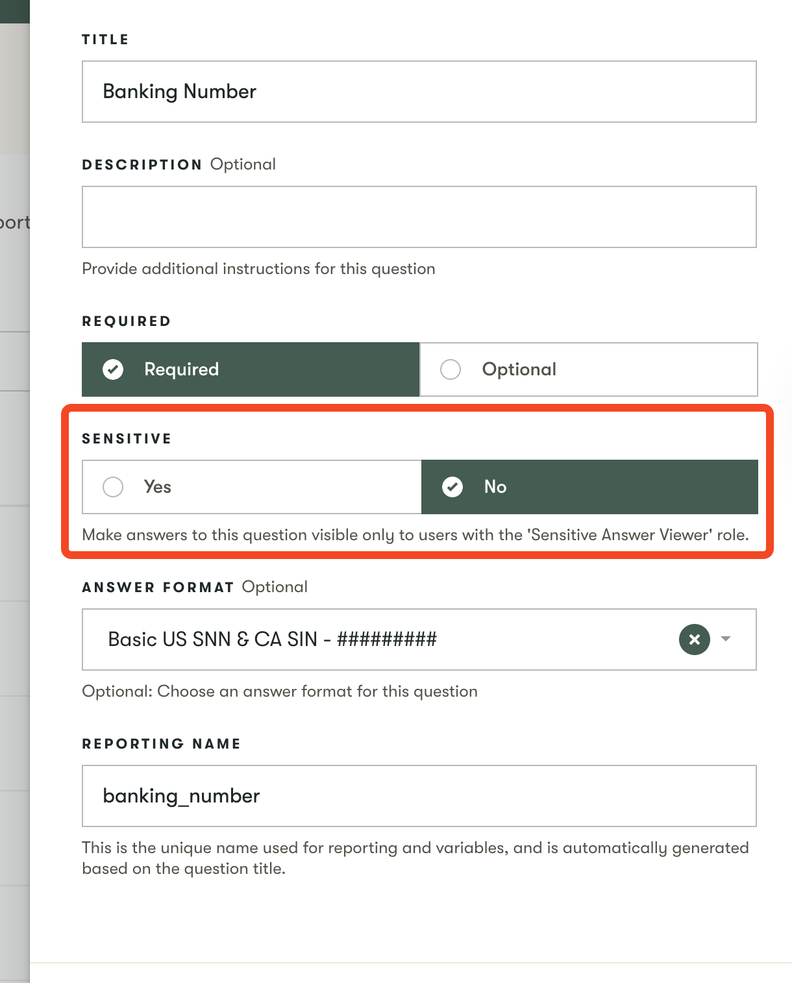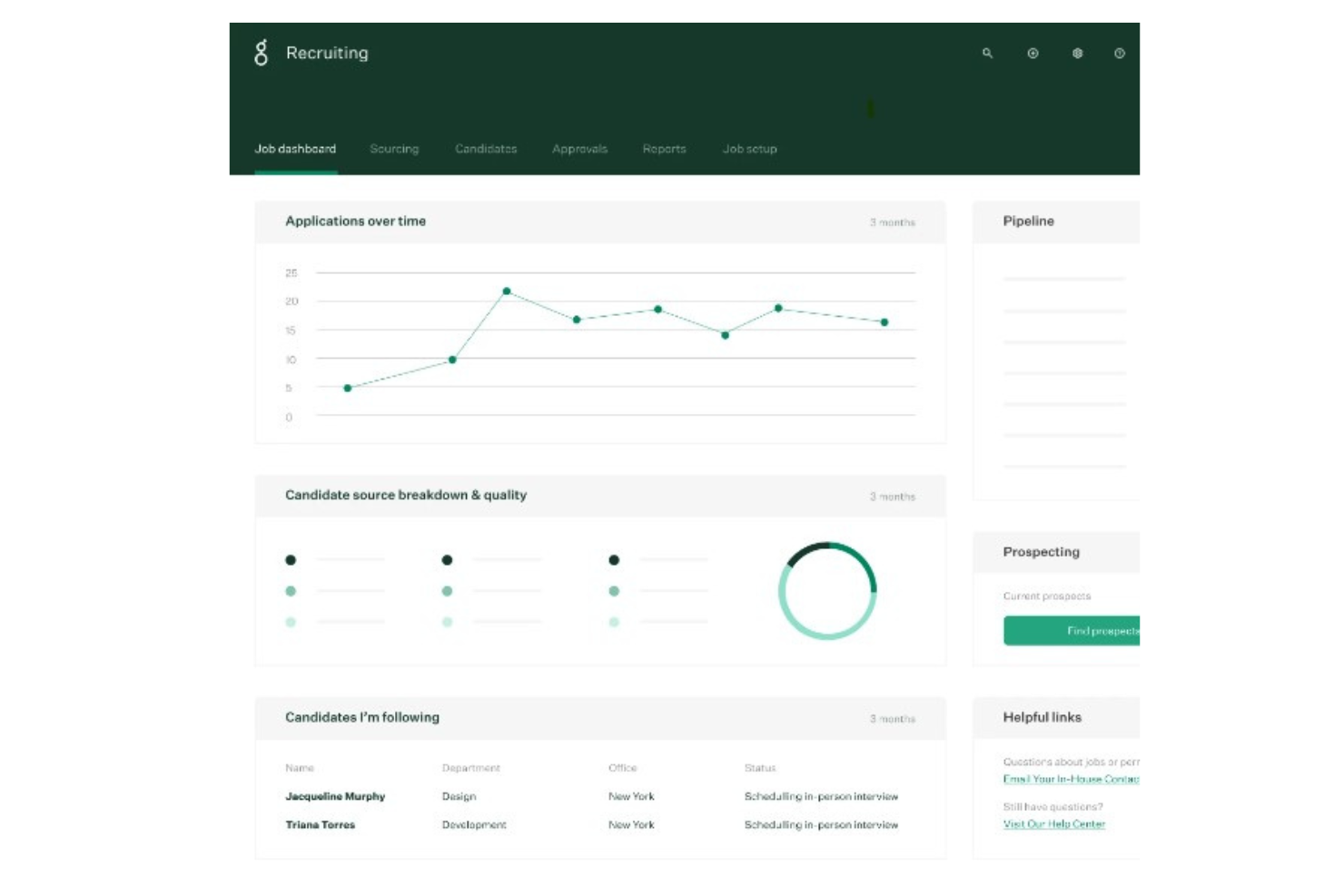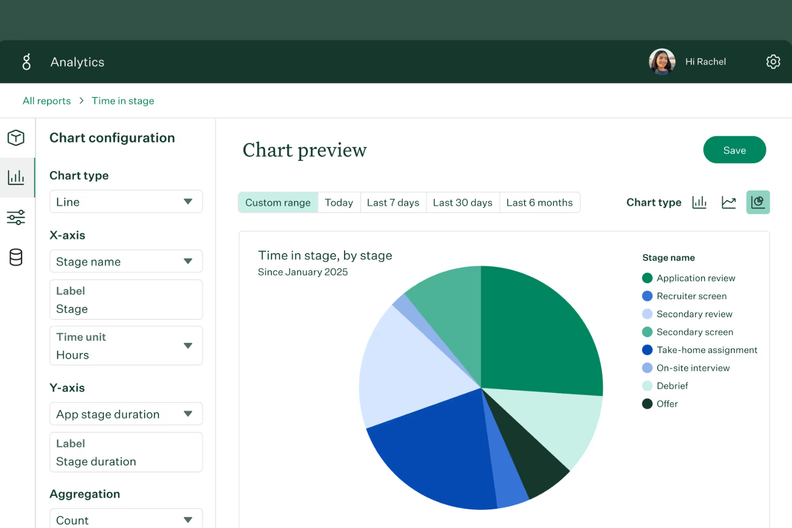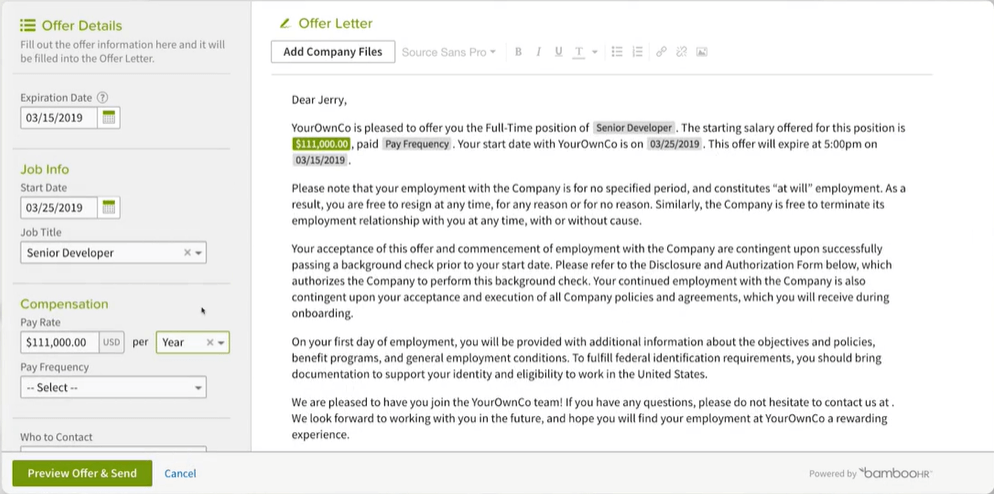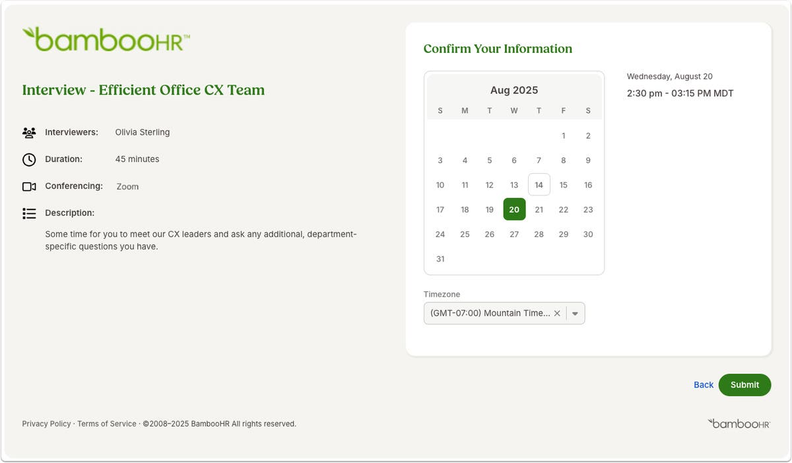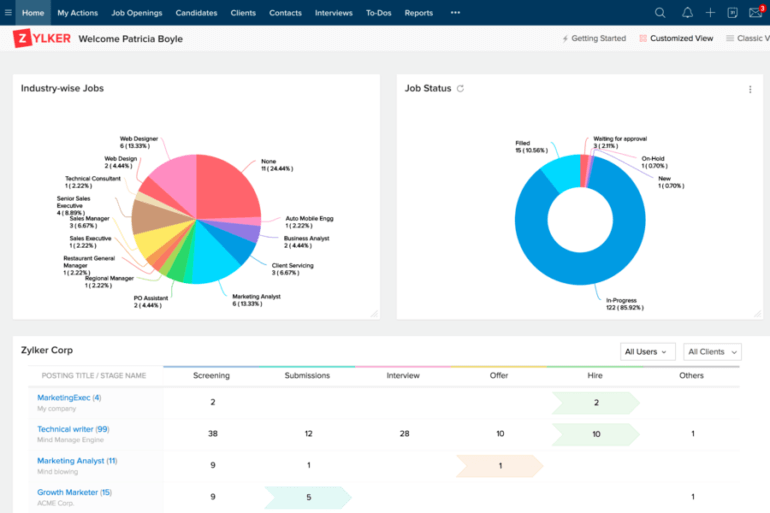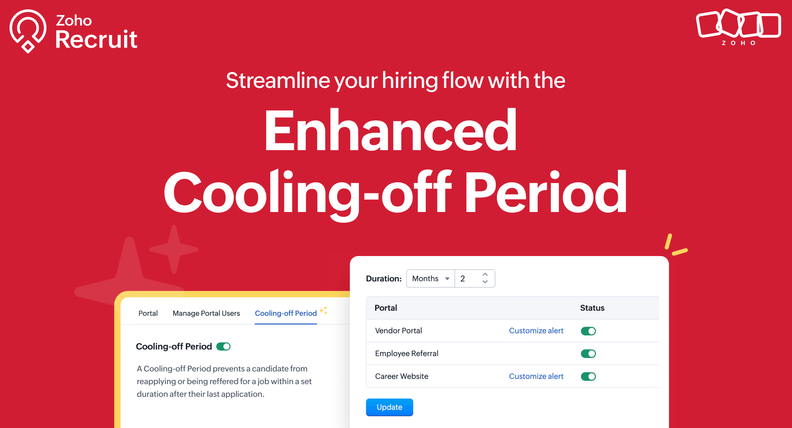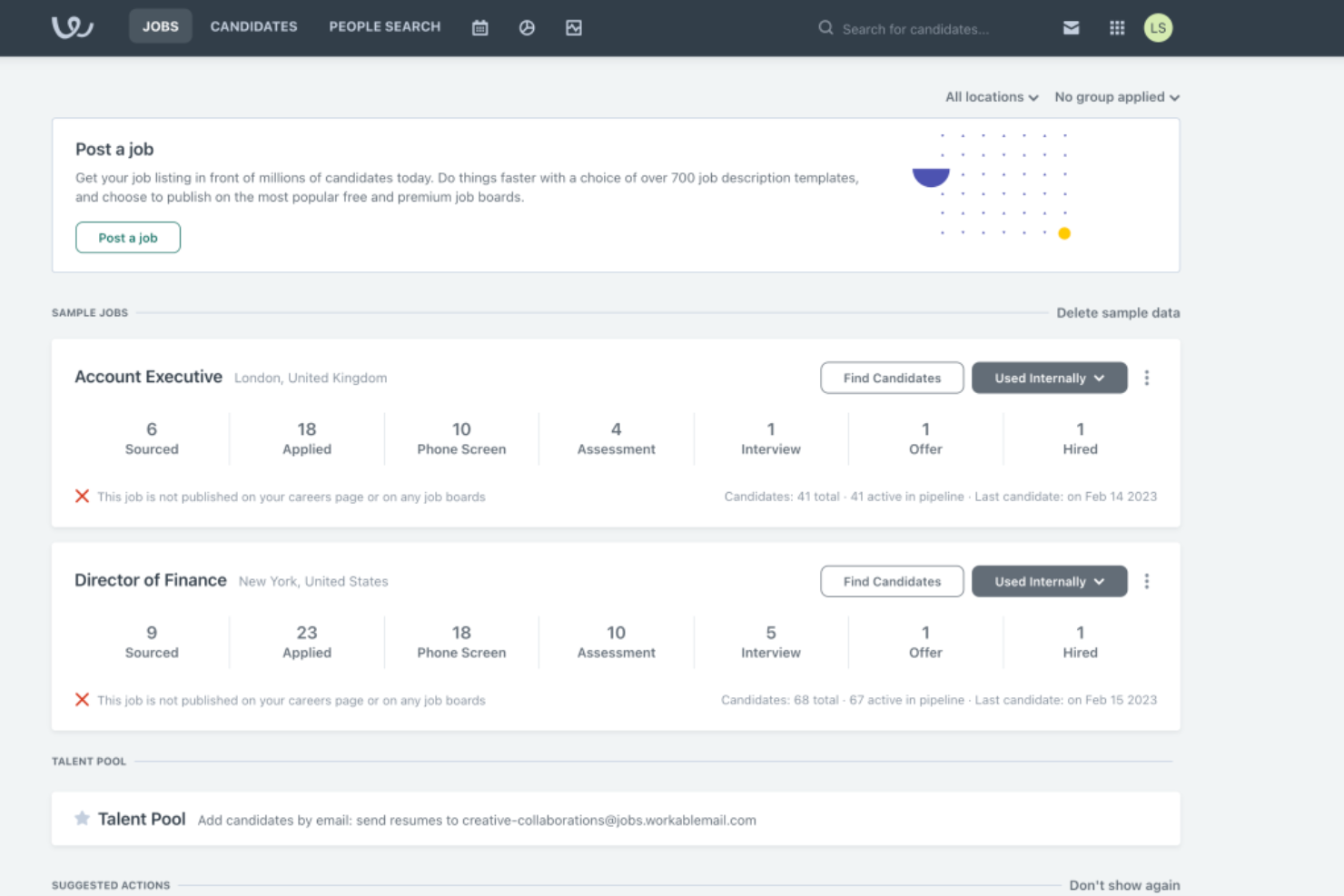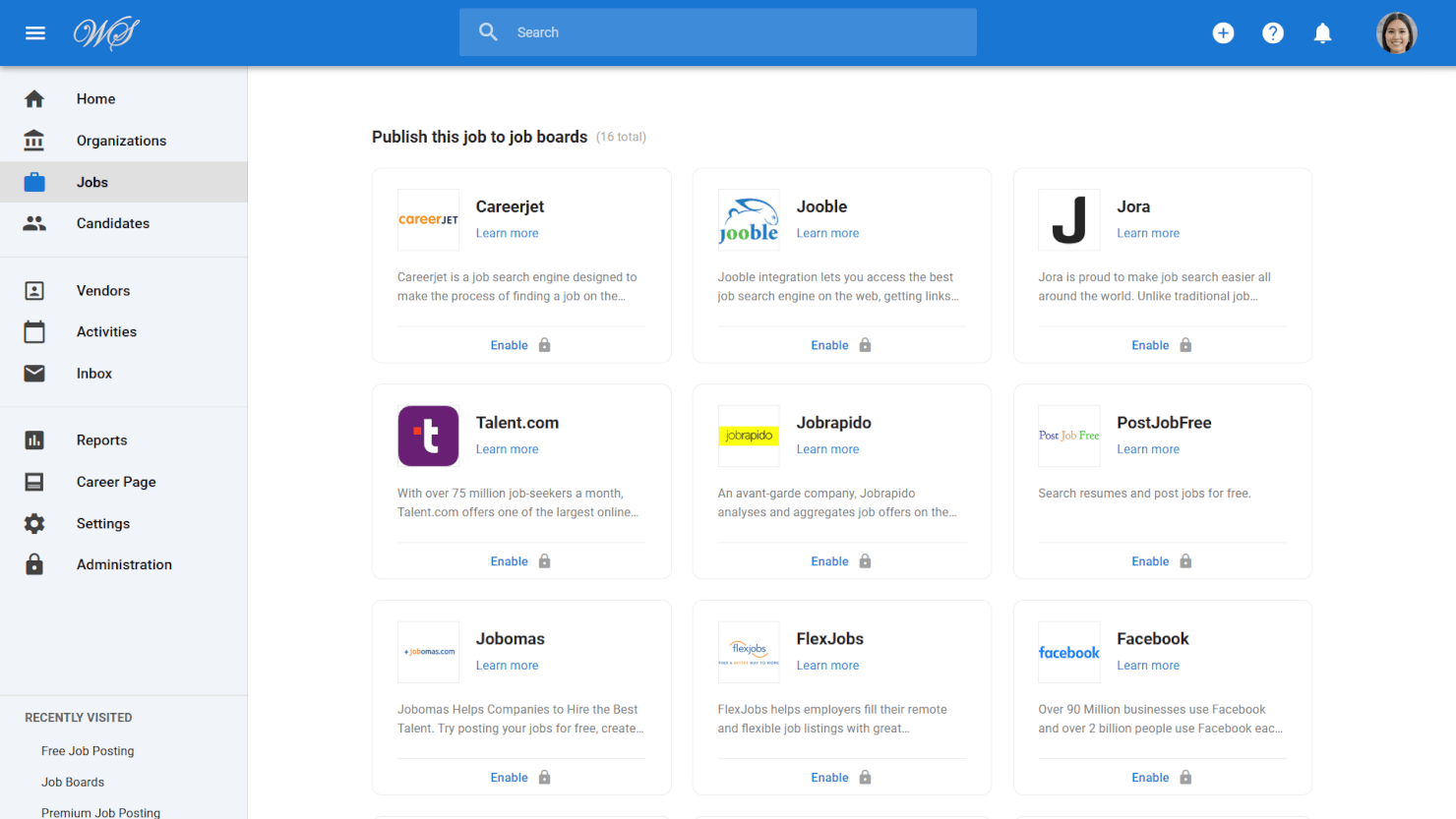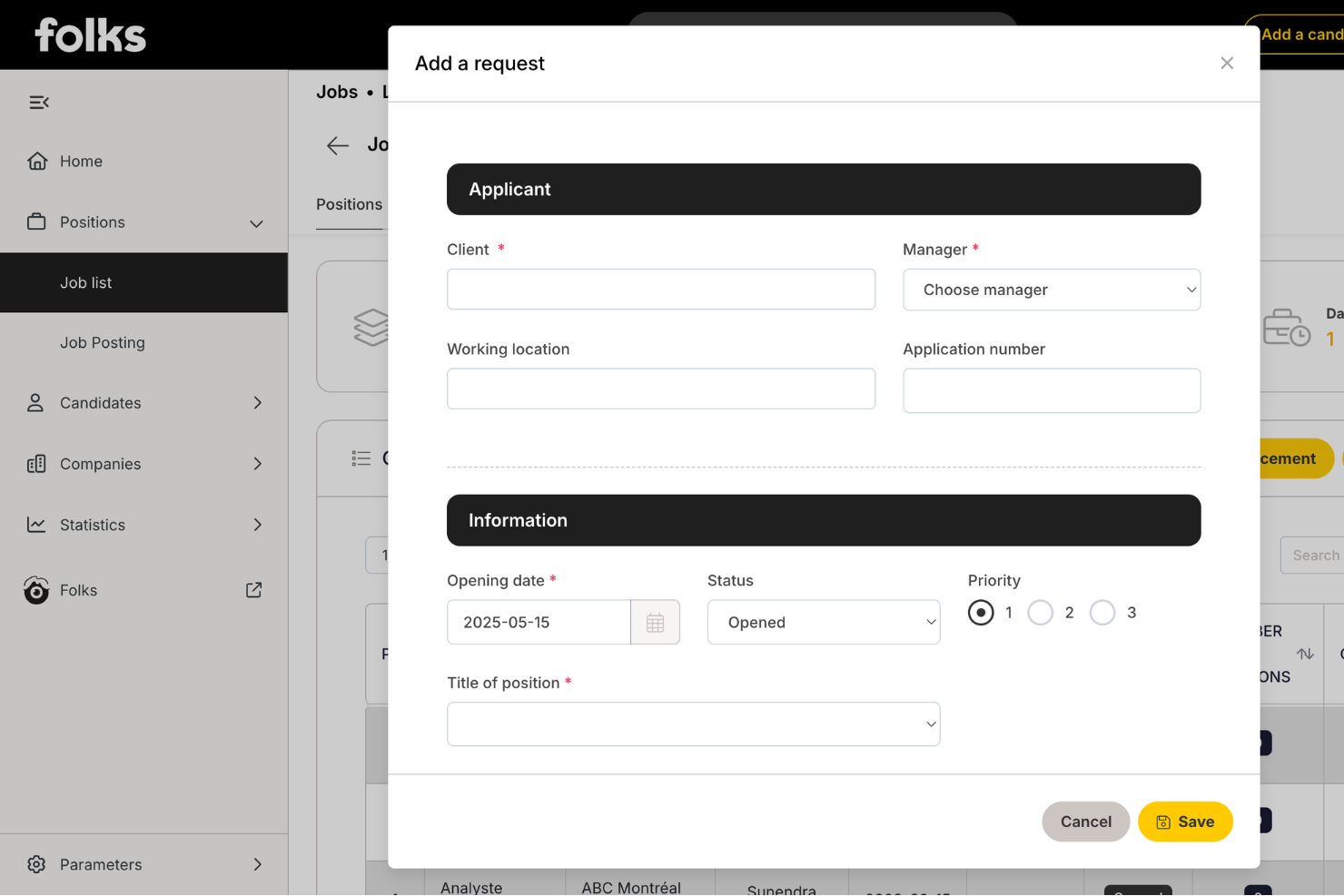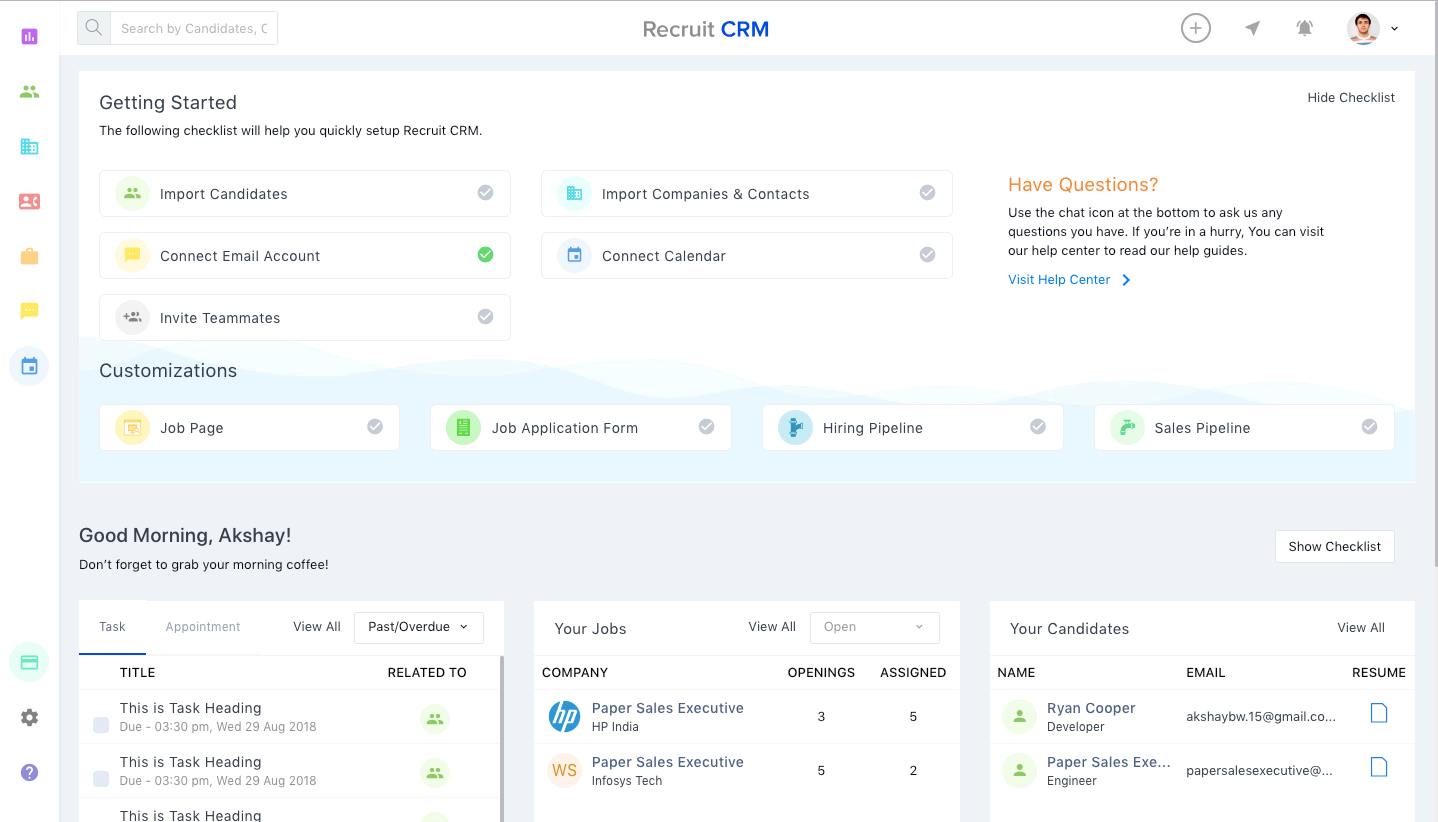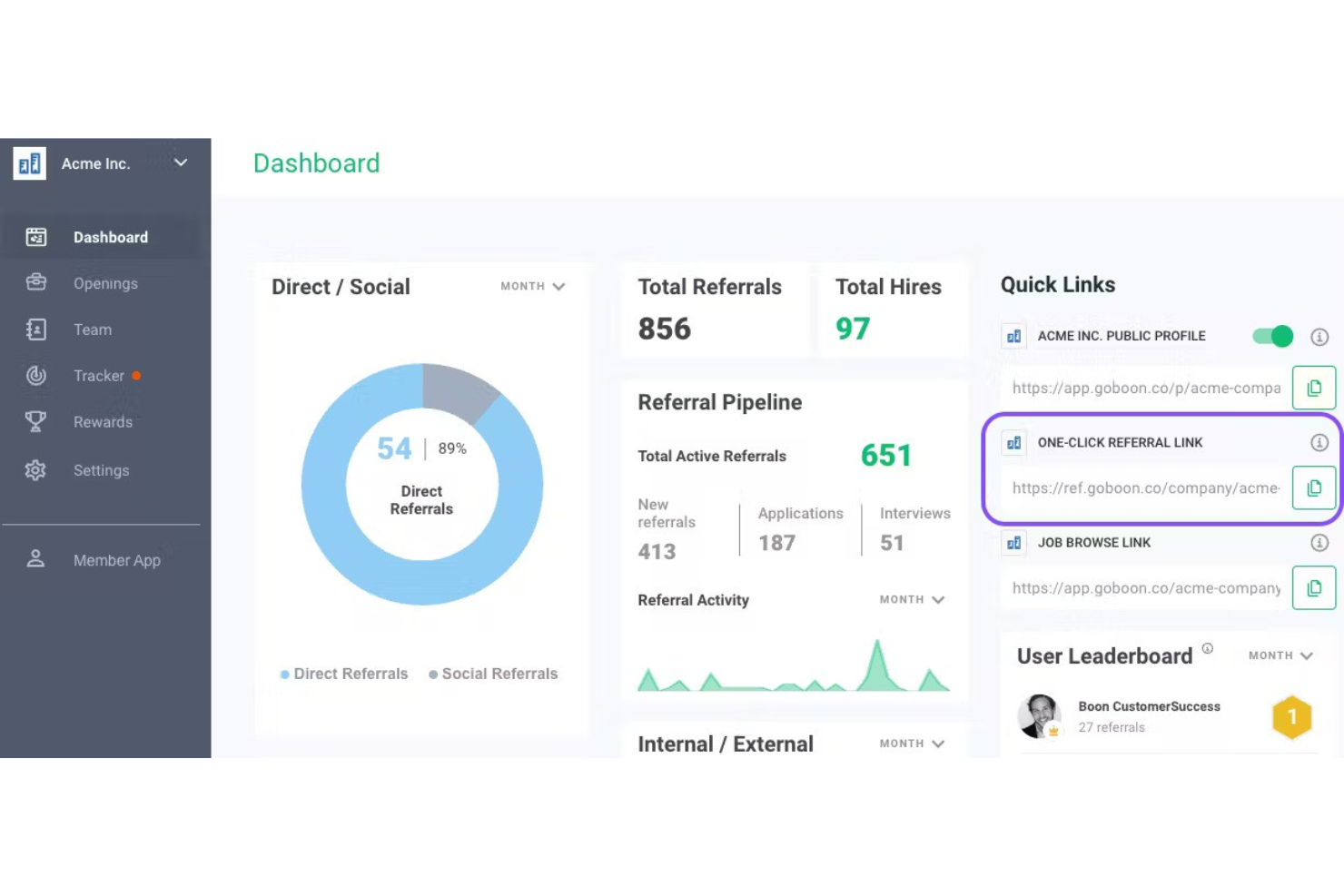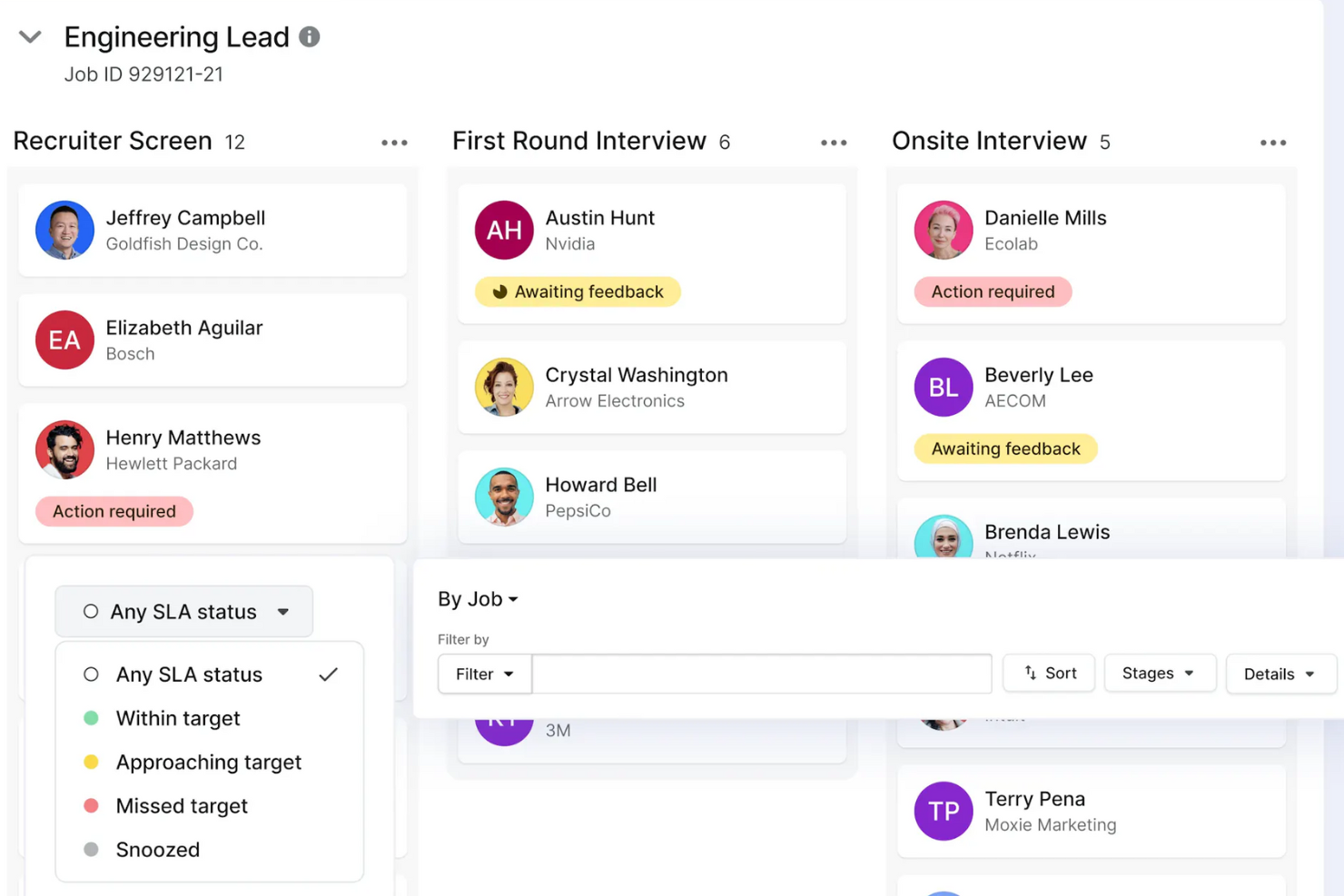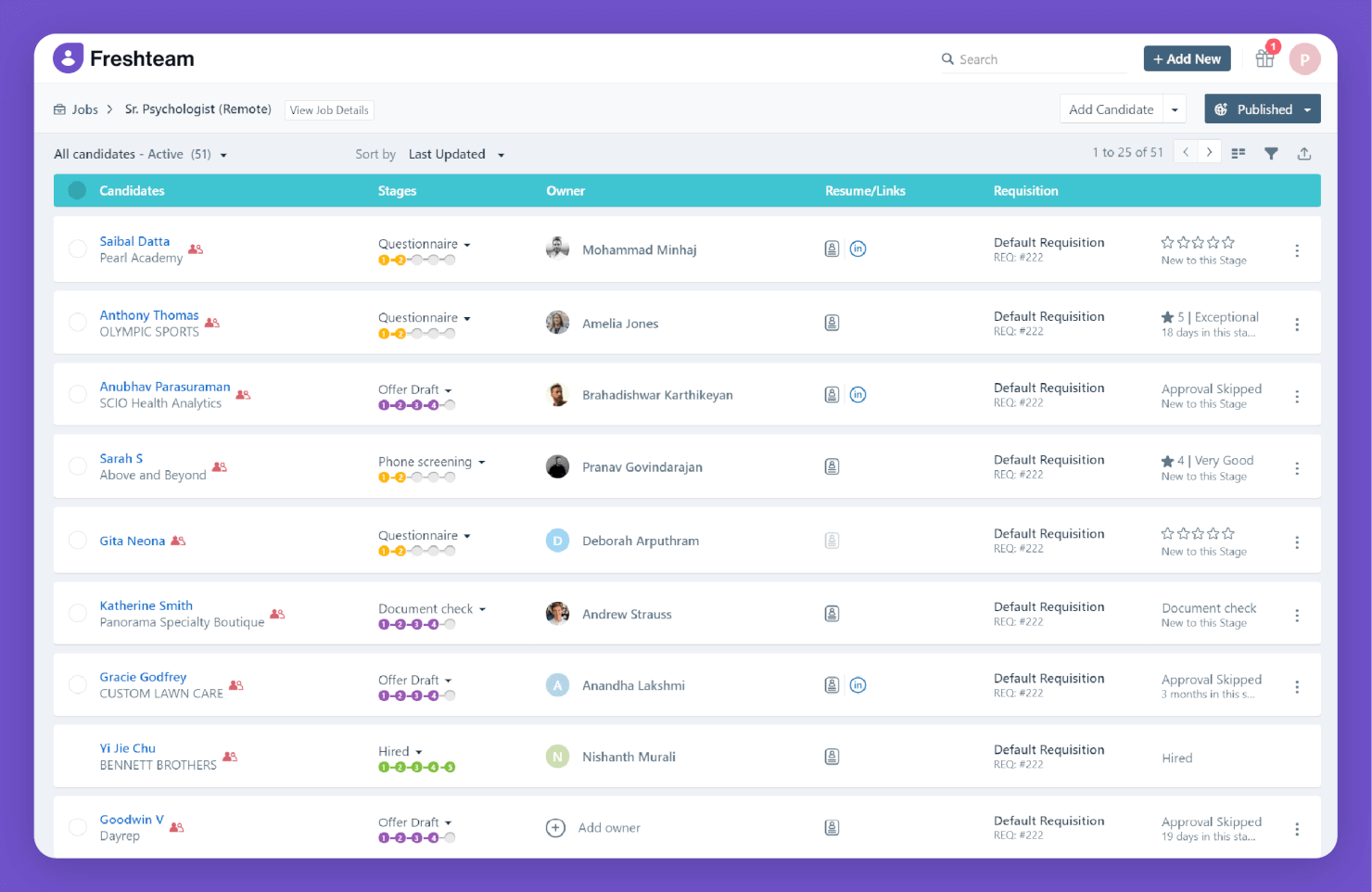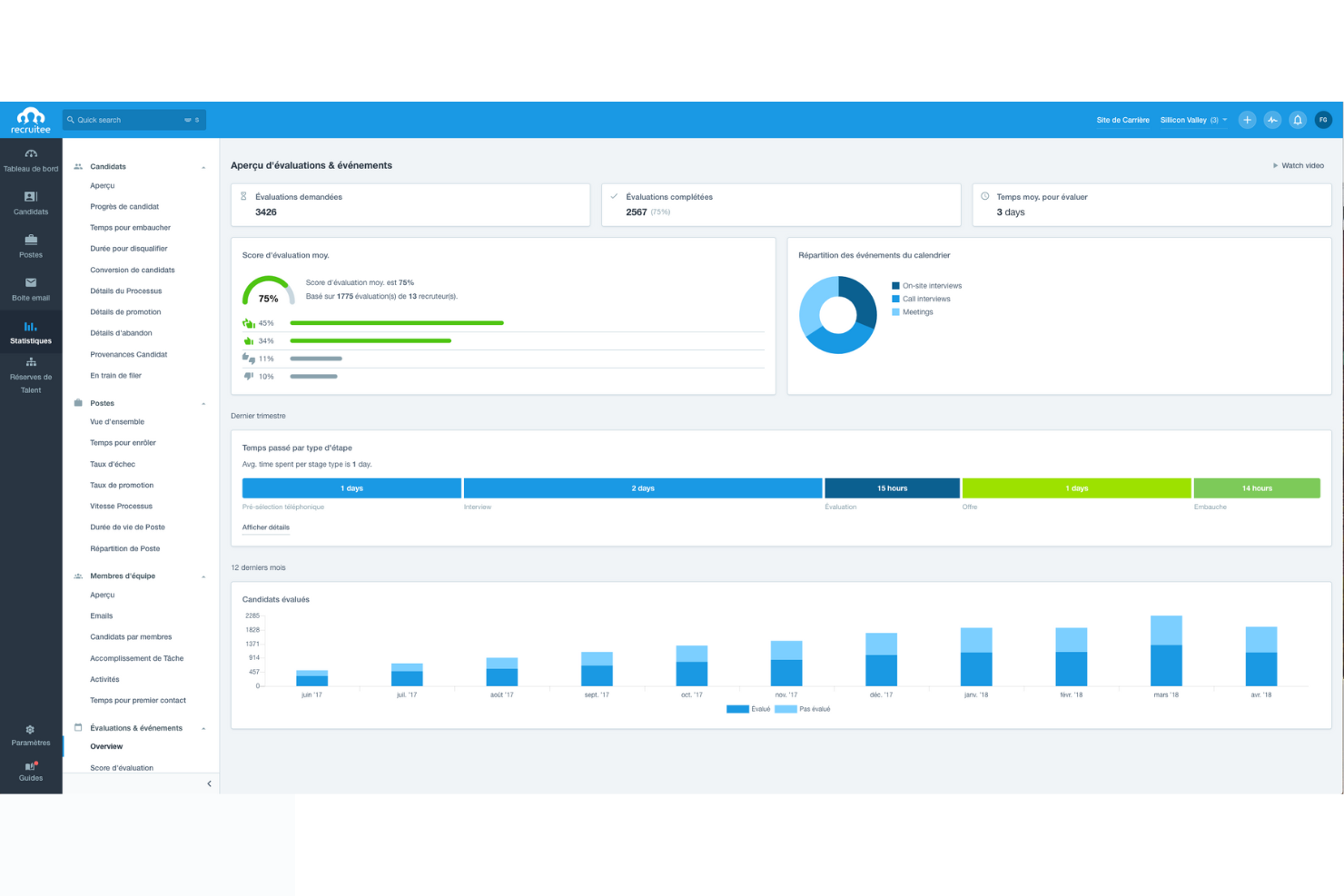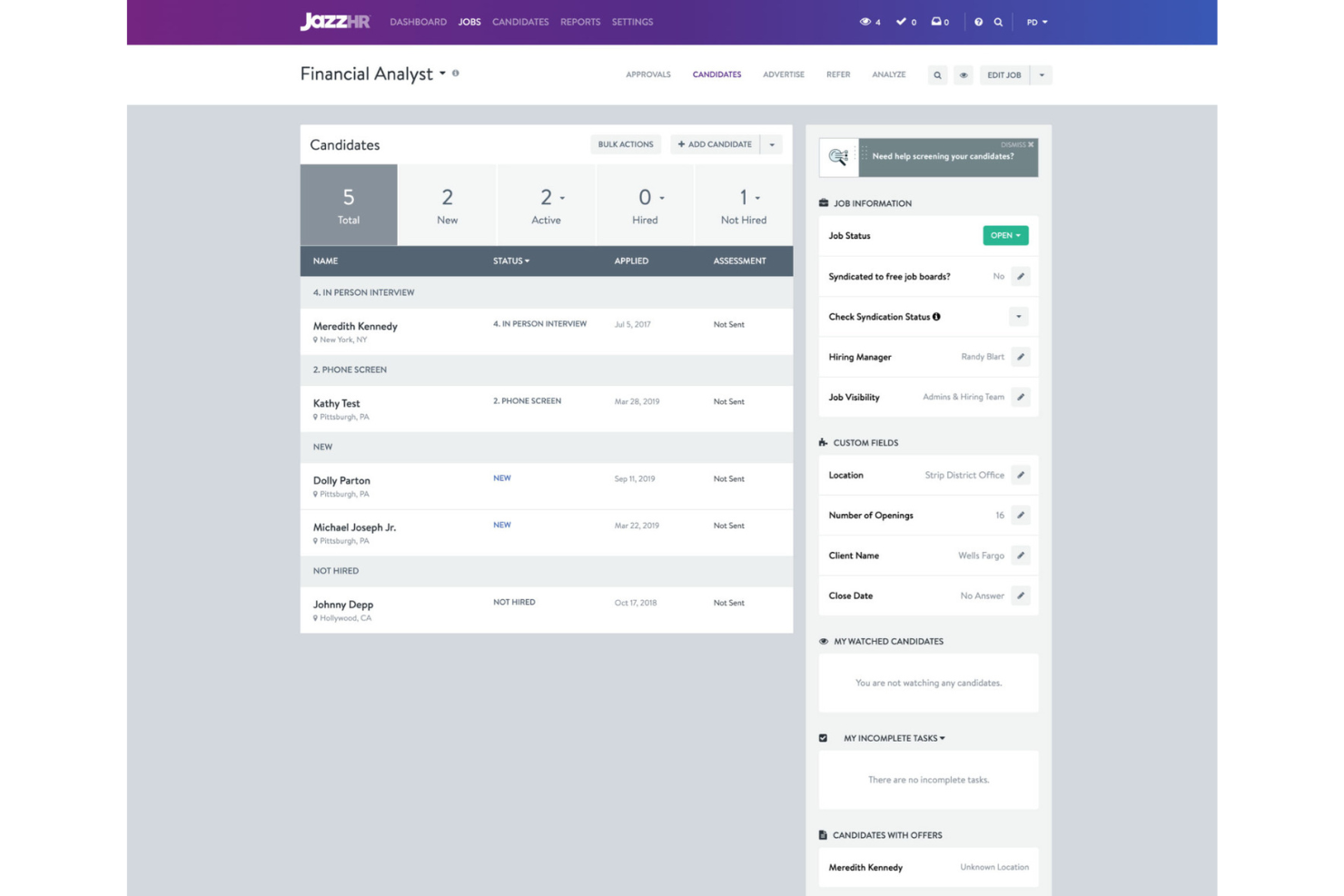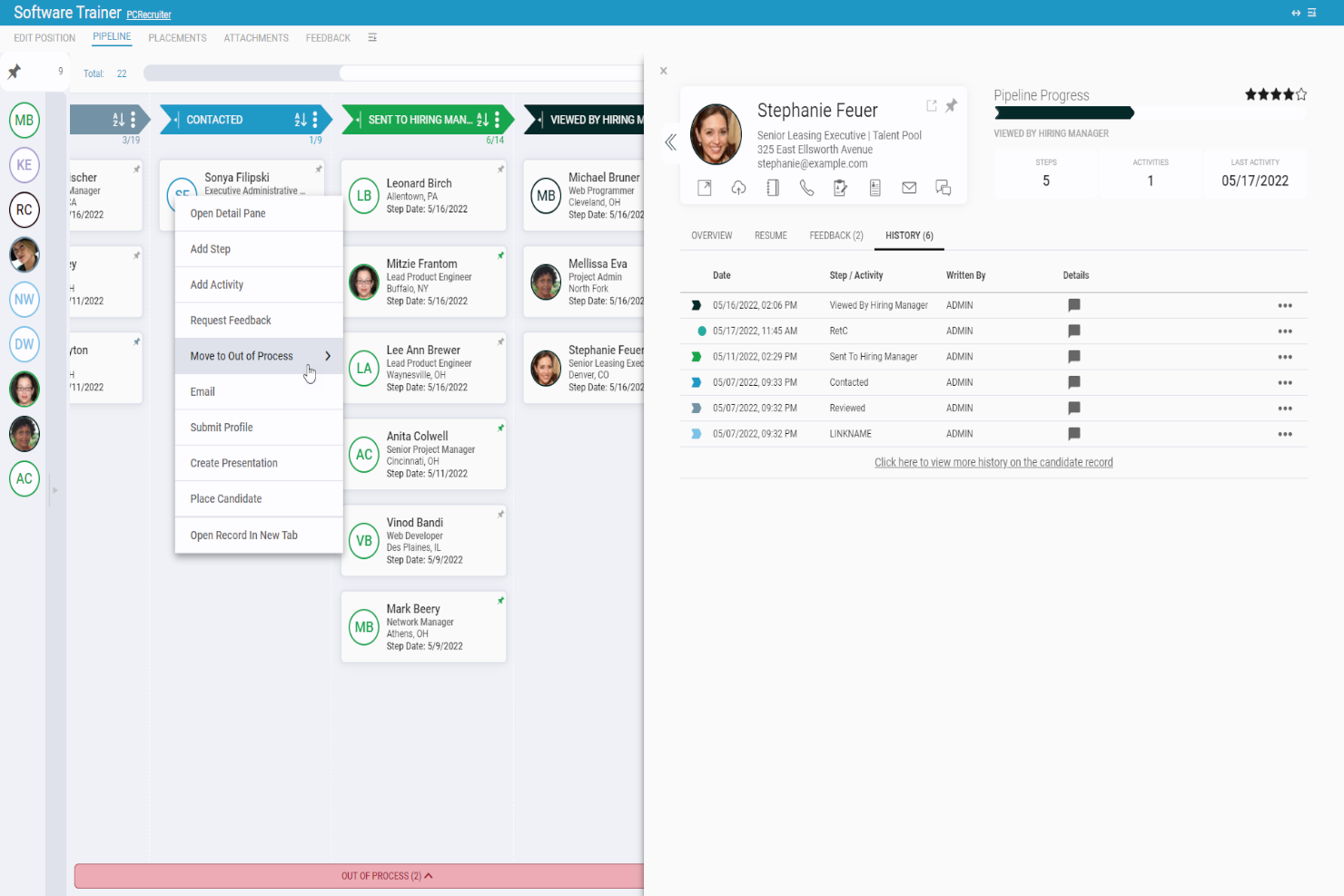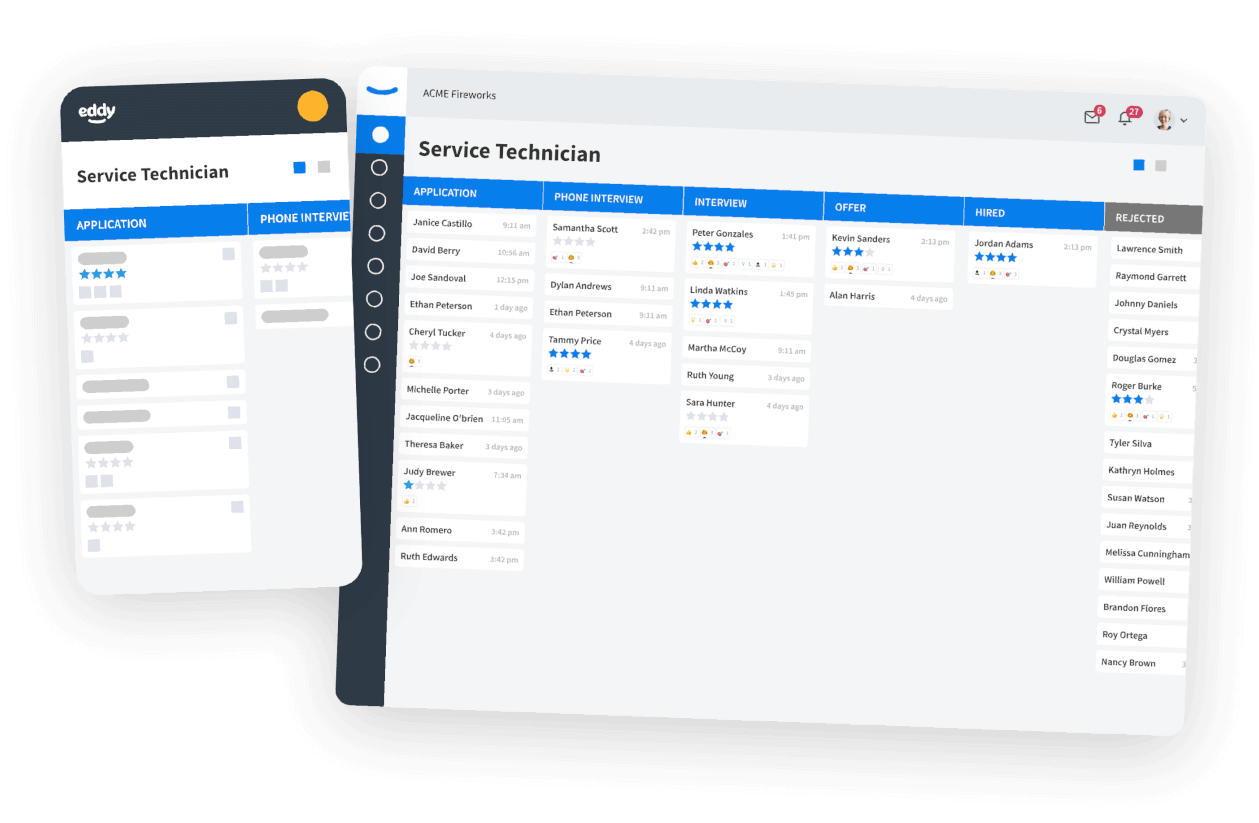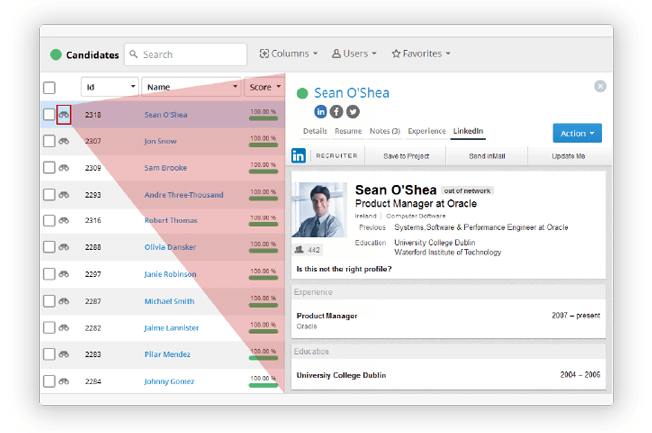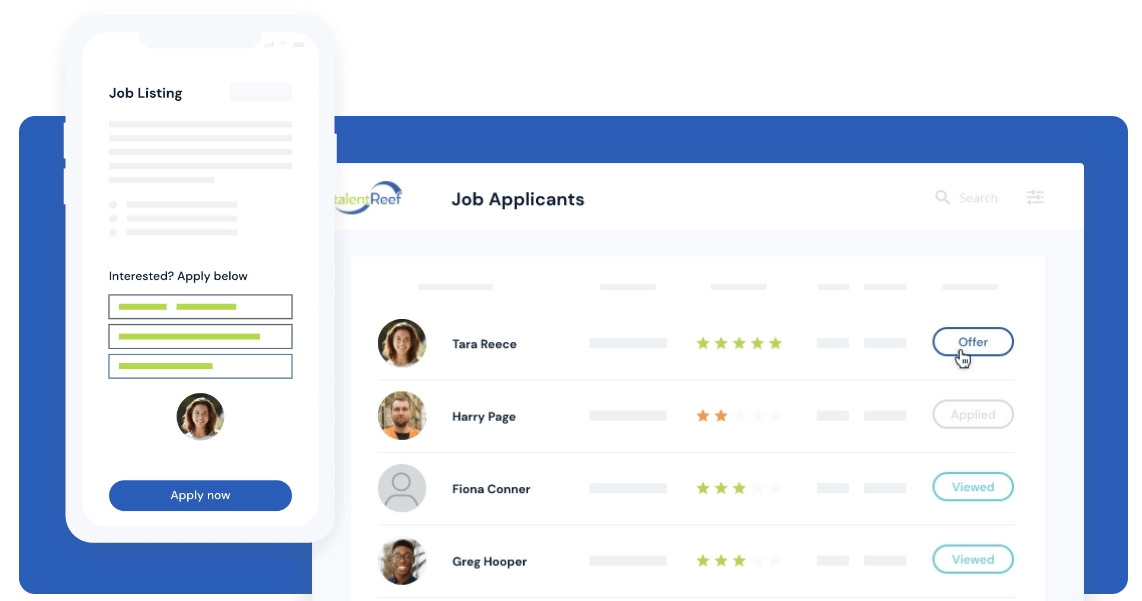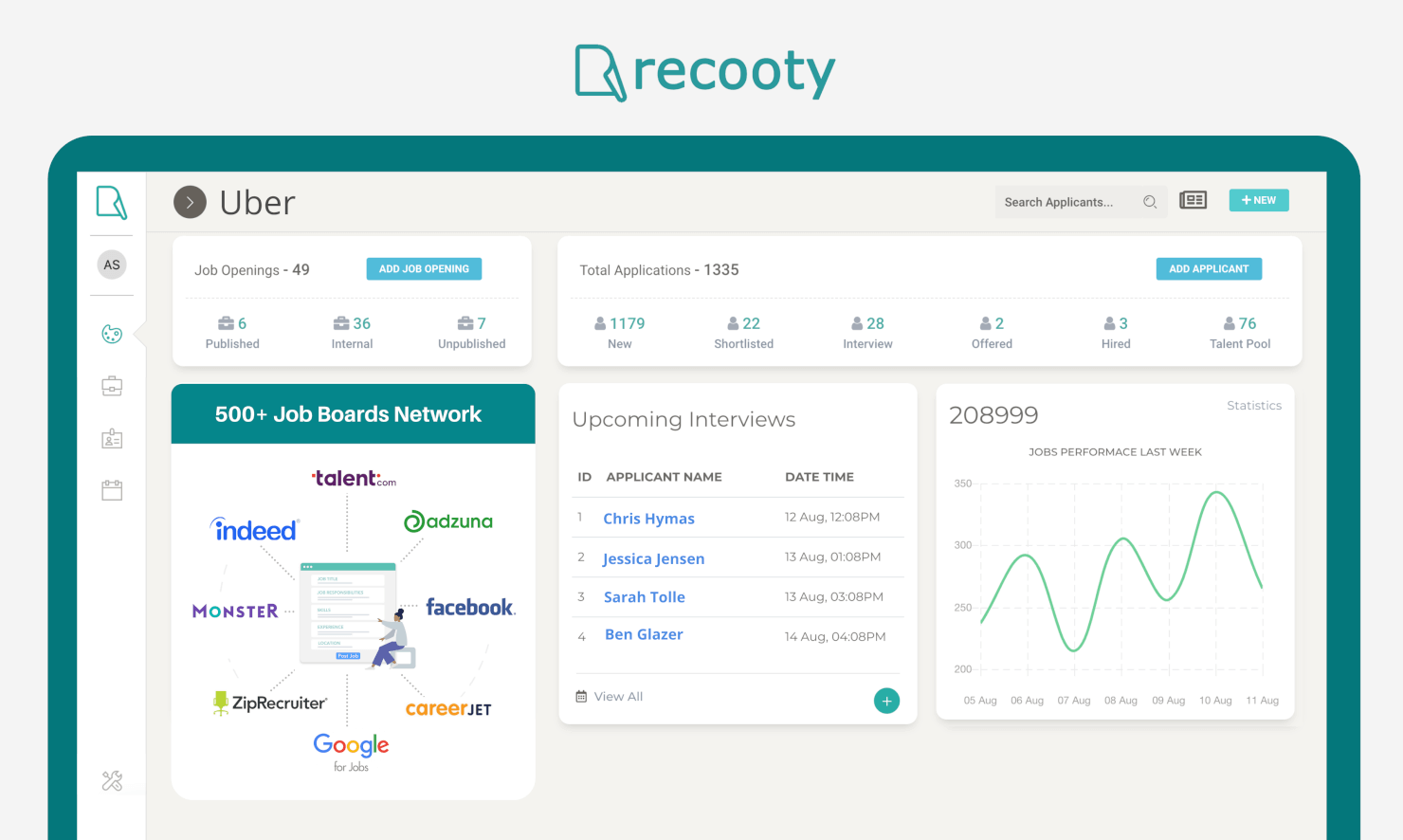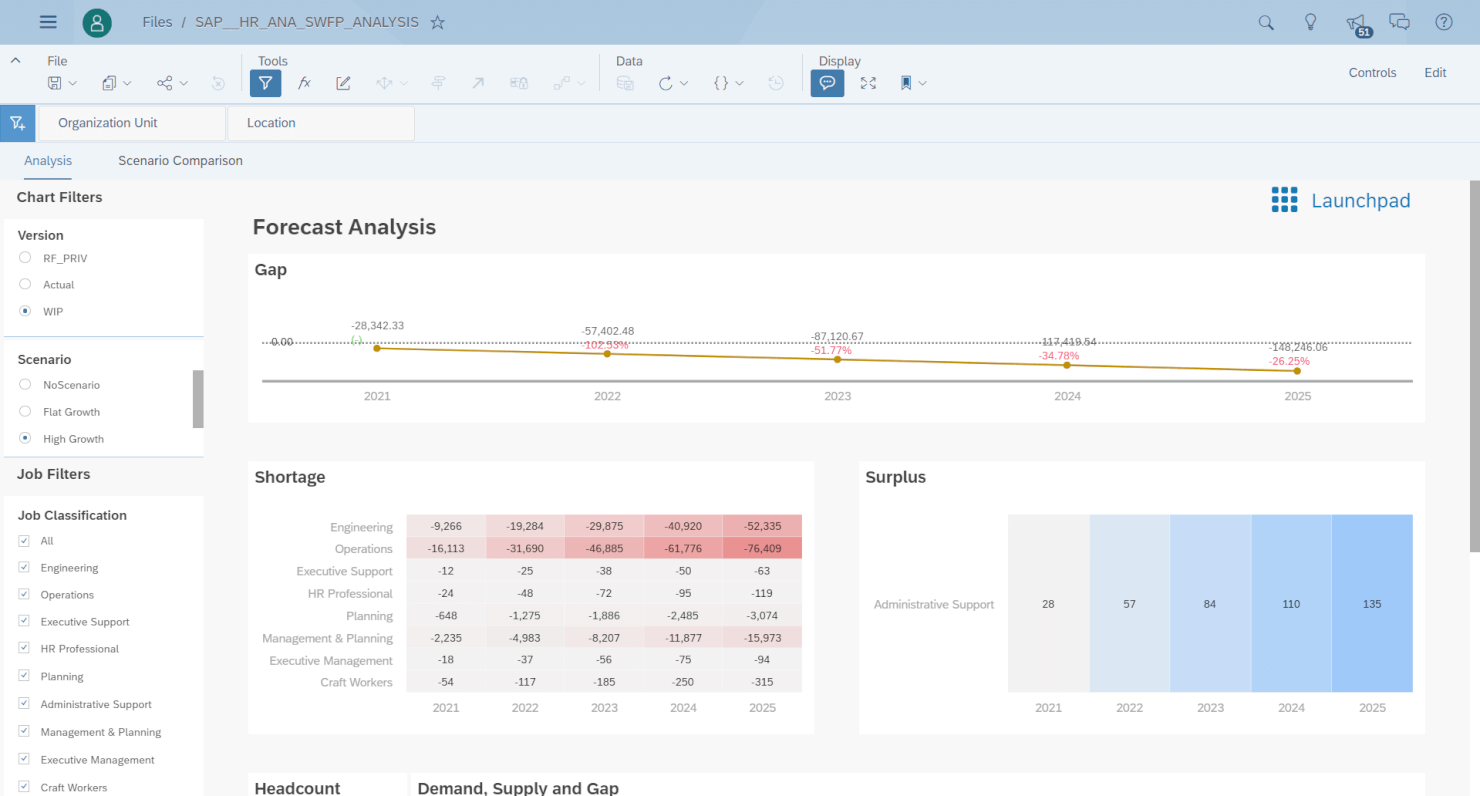20 Best Applicant Tracking Systems Shortlist
Here’s my shortlist of the 15 best applicant tracking systems out of the 35 ATS tools I reviewed:
The best applicant tracking systems help you attract top talent, streamline the hiring process, and stay organized from job posting to offer letter, all while saving hours on admin.
If you're overwhelmed by scattered resumes, disjointed communication, or slow hiring cycles, the right ATS can centralize your recruitment workflow and help your team move faster with fewer errors.
From automating candidate screening and interview scheduling, to tracking applicants across multiple roles and improving team collaboration, these systems take the guesswork and chaos out of hiring. And, if you're trying to scale your recruiting efforts without expanding your headcount, choosing the right platform becomes even more critical.
With 10+ years supporting HR teams and recruiters, I have firsthand experience evaluating dozens of ATS platforms. I created this guide to help you find a solution that fits your current hiring needs and grows with you.
You’ll find clear comparisons of key features, pricing, and differentiators—plus tips to help you narrow your shortlist with confidence.
You Can Trust Our Software Reviews
We've been testing and reviewing HR software since 2019. We've tested more than 2,000 tools for different HR use causes and written over 1,000 comprehensive software reviews.
As HR professionals ourselves, we know how critical and difficult it is to make the right decision when selecting software. We invest in deep research to help our audience make better software purchasing decisions.
Learn how we stay transparent, and take a look at our software review methodology.
Best Applicant Tracking Systems: Pricing Comparison Chart
This ATS comparison chart summarizes pricing details for my top applicant tracking systems to help you find the best software for your budget and business needs.
| Tool | Best For | Trial Info | Price | ||
|---|---|---|---|---|---|
| 1 | Best for pre-built pipeline templates | Free demo available | From $8/user/month (billed annually) | Website | |
| 2 | Best for in-house talent acquisition teams | Free demo available | Pricing upon request | Website | |
| 3 | Best for sourcing many qualified candidates | Free demo available | Pricing upon request | Website | |
| 4 | Best for automated offers and analytics | 7-day free trial | From $6.19/user/month (billed annually) | Website | |
| 5 | Best for staffing agencies | 15-day free trial + free plan available | From $25/user/month (billed annually) | Website | |
| 6 | Best for ease of use | 15-day free trial + free demo | Starting at $299/month | Website | |
| 7 | Best for AI recruitment and candidate sourcing | 14-day free trial | From $15/user/month | Website | |
| 8 | Best for automated job postings & sourcing | Free demo available | Pricing upon request | Website | |
| 9 | Best for recruiting firms and enterprises | Free trial available | From $84/user/month | Website | |
| 10 | Best for community-driven recruiting | Free demo available | Pricing upon request | Website | |
| 11 | Best for unified recruitment pipeline views | Free plan available (under 15 employees) | Pricing upon request | Website | |
| 12 | Best for growing businesses | 21-day free trial | From $1.20/user/month + $71/month base fee | Website | |
| 13 | Best for automated candidate reminders | 18-day free trial | From $269/month | Website | |
| 14 | Best for customizable recruiting solutions | 14-day free trial | From $75/month | Website | |
| 15 | Best for detailed recruitment analytics | Free demo available | From $85/user/month | Website | |
| 16 | Best for those with little technical expertise | Free demo available | From $8/employee/month + a $49 base fee/month | Website | |
| 17 | Best for integrations | Free demo available | Pricing upon request | Website | |
| 18 | Best for recruiting, hiring, and onboarding | Free demo available | Pricing upon request | Website | |
| 19 | Best for resume parsing | 15-day free trial + free demo | From $99/month (10 users, 10 job postings) | Website | |
| 20 | Best for data analytics and reporting | Free trial + free demo available | Pricing upon request | Website |
-

Kudoboard
Visit WebsiteThis is an aggregated rating for this tool including ratings from Crozdesk users and ratings from other sites.4.8 -

Rippling
Visit WebsiteThis is an aggregated rating for this tool including ratings from Crozdesk users and ratings from other sites.4.8 -

Paylocity
Visit WebsiteThis is an aggregated rating for this tool including ratings from Crozdesk users and ratings from other sites.4.5
Best Applicant Tracking System Reviews
Below are my detailed reviews of each applicant tracking system that made it into my top 15 list, including notes on why I picked them. Each review offers a detailed look at the key features, pros & cons, integrations, and ideal use cases for each ATS system to help you find the best option for you.
Rippling is a SaaS product that offers a comprehensive suite of HR and IT solutions, including an Applicant Tracking System (ATS). It's a tool that's designed to streamline the hiring process, making it easier for businesses to find, track, and hire top talent.
Why I picked Rippling: I chose Rippling as one of the best ATS systems for recruiting because of its functionality and user-friendly interface. It's a complete HR platform that integrates with your existing tools and systems. This means you can manage everything from job postings and applicant tracking to onboarding and employee management, all in one place.
What sets Rippling apart from other tools in the market is its ability to automate a lot of the tedious tasks involved in recruiting. For example, it can automatically post job listings to multiple job boards, screen resumes for keywords, and schedule interviews. You can also use pre-built pipeline templates for the hiring process or customize your own.
Rippling Standout Features & Integrations:
Features include payroll, time and attendance, learning management, benefits, talent management, PEO, pulse surveys, and workforce analytics.
Integrations are available with 1Password, Asana, Atlassian, BrightHire, Checkr, Databricks, DocuSign, Dropbox, GitHub, Google Workspace, LinkedIn, Microsoft 365, Netsuite, Sage Intacct, Slack, Typeform, QuickBooks, Upwork, Zendesk, Zoom, and hundreds more.
Pros and cons
Pros:
- Plenty of automation features
- Lots of native integrations
- Unique IT management features make it standout
Cons:
- Bit of a learning curve
- No free trial available
New Product Updates from Rippling
Rippling Now Integrates with Points North
Rippling's new integration with Points North automates certified payroll reporting, ensuring compliance with Davis-Bacon and prevailing-wage laws by synchronizing data in real time and reducing manual errors. More details at Rippling Blog.
Pinpoint's ATS software is a fast and flexible ATS with plenty of options to add new features as you need them.
Why I picked Pinpoint: Pinpoint is extremely powerful yet easy-to-use with an intuitive design and straightforward user experience. Recruiters and hiring managers can be onboarded and get up and running quickly, with additional customer support always available from their customer success team.
Pinpoint has core ATS and talent CRM features such as job board multiposting and social media advertising, unlimited customizable workflows, automated interview scheduling, and employee onboarding. Data protection and security features include single sign-on, two-factor authentication, and tools to help manage compliance with local regulations like the GDPR/CCPA.
Pinpoint Standout Features & Integrations:
Standout features that make Pinpoint unique include blind screening to help reduce unconscious bias, candidate scorecards for gathering fast and objective hiring manager feedback, and a suite of reporting tools including a custom report builder. They also offer access for an unlimited number of users, since their software isn't priced per user, leading to a greater ROI for large-scale in-house recruiting teams.
Integrations are available natively with hundreds of other platforms, including ADP, BambooHR, Canditech, Certn, CodeSubmit, DocuSign, JotForm, Google Meet, Gusto, Microsoft Teams, Namely, Rippling, Sage People, SAP, UKG Pro, Workday, Zoom, and many others. In addition, their Zapier integration supports integration with over 3,000 other tools.
Pros and cons
Pros:
- Powerful automation and careful design for ease-of-use
- Focus on employer brand and candidate experience
- Exceptional customer success and support
Cons:
- Some features only available in the Enterprise tier
- Not suitable for most recruitment agencies due to lack of client management features
New Product Updates from Pinpoint
Pinpoint's Enhancements to Onboarding, Approvals, and Templates
Pinpoint's latest update enhances onboarding with new dashboard views and improved reporting. It also introduces SMS templates, document previews, and more. For more information, visit Pinpoint's official site.
Greenhouse is a comprehensive ATS that helps you reach, classify, and nurture talent. You can use it to build a robust candidate pipeline and find the best candidates for each available position.
Why I picked Greenhouse: You can easily post on over 1,000 job boards through the software, including both niche sites and major job marketplaces. This helps you reach a large pool of candidates from the outset and you can be confident in where you decide to post because the platform makes recommendations based on historical and industry performance.
The software stores data for all of your candidates (compliantly of course) which you can use to automate personalized outreach and engagement messages at scale. When the applications stack up, you can screen and evaluate candidates anonymously and with pre-defined scorecards, helping you reduce unconscious bias in your hiring process and ensures a fair shot for all applicants.
Greenhouse Standout Features and Integrations
One standout feature that really sets Greenhouse apart is its structured hiring capabilities. Their structured hiring workflow is designed to create a consistent and equitable interviewing experience by determining the requirements, experience, and attributes a successful candidate must have for an open role before the job is posted.
By setting these parameters up in advance, Greenhouse creates a scoring rubric you can use to assess all your candidates consistently and fairly. This process also ensures role requirements are linked to business decisions, and that hiring decisions are based firmly on data and not other potentially biased candidate details.
Other key features in Greenhouse's applicant tracking system include team collaboration tools, an internal job board to promote internal mobility, multichannel candidate sourcing, onboarding features to create a positive candidate experience, automated task management, core reports, and a mobile app.
Integrations include over 400+ applications, including Broadbean, Canditech, Calendly, Checkr, Cord, DocuSign, Dropbox, FlexJobs, GoodTime, Google Meet, Indeed, Microsoft Teams, Namely, Paradox, Seek, and many others. Greenhouse also has a Harvest API to support additional custom integrations as well.
Pros and cons
Pros:
- "Essential" (basic) plan offers good value for small businesses
- Tools to mitigate unconscious bias
- Ability to cast a wide net for all roles
Cons:
- Pricing details are not transparent
- BI tools only included in top-tier paid plan
New Product Updates from Greenhouse
Greenhouse's New Analytics, Real Talent™, AI scheduling, and Onboarding
Greenhouse rolled out four major improvements to help you hire smarter and faster: a revamped analytics platform, Real Talent™ fraud detection and AI matching, AI-powered interview scheduling, and dynamic onboarding enhancements. Each update boosts insights, candidate quality, coordination, and new-hire setup. Visit Greenhouse's website for more.
BambooHR is a well-known HR solution that offers core HR modules designed for small and medium businesses. Their software includes modules for hiring and onboarding, time off and benefits, HR data and reporting, and employee experience.
Why I picked BambooHR: Efficiency and speed are two core elements of BambooHR’s applicant tracking system, which includes time-saving features like sending multiple email template responses at once, and branded digital offer letters that auto-populate candidate and job details. To improve the candidate experience, electronic signatures also make it fast and easy to accept a new position.
Automated reminders also ensure hiring managers communicate with applicants in a timely fashion, ensuring they feel acknowledged and informed throughout the hiring process.
BambooHR Standout Features and Integrations:
Features include automated emails, automated disqualifying questions, detailed candidate records, candidate keyword search, email and offer letter templates, connections with job boards, job pipelines, talent pools, and a full-feature mobile app so you can stay in touch with candidates from anywhere.
To help with your overall recruitment process, BambooHR also includes a useful birds-eye-view of applicant information. Their Applicant Sources Report parses out your candidate data to show you where your applicants are coming from, helping you focus your resources on what’s working the best, or address any shortcomings directly.
In addition, their Applicant Funnel Report digs deeper into your recruitment timeline to pinpoint the slower portions of your process so you can look at ways to speed up those steps.
Integrations are available 60+ common HR software solutions including job posting boards like Indeed, Glassdoor, and ZipRecruiter, as well as social media sites like LinkedIn, Twitter and Facebook.
Pros and cons
Pros:
- Offer letters with e-signature signing capabilities
- User-friendly interface, including on mobile apps
- ATS is connected to onboarding tools for hired candidates
Cons:
- Not a recruiting-first system
- Limited customization options
New Product Updates from BambooHR®
BambooHR Enhances Interview Scheduling
BambooHR has introduced a candidate self-scheduling feature that streamlines interview coordination and accelerates hiring. For more information, visit BambooHR®'s official site.
Zoho Recruit is an applicant tracking system designed for recruiters and corporate hiring teams. The tool helps teams hire a workforce that is in sync with the changing talent demand, as well as hire more qualified candidates.
Why I picked Zoho Recruit: Zoho Recruit’s applicant tracking system caters to multiple hurdles faced by recruiters. The tool offers solutions for both in-house recruiters and staffing agencies, and helps users source, track, and hire the best candidates, without any juggling required across different media.
Zoho Recruit Standout Features & Integrations:
Features include the ability to post jobs to multiple job boards, and tools to automate and manage candidates, clients, & contacts so your team can spend less time on mundane processes. Users can also make use of customizations and automations for tasks like sending emails, updating interview status, and more. Zoho Recruit also provides reports and analytics for hiring strategies, plus 24/5 customer support.
Zoho Recruit integrates natively with other Zoho products such as Zoho Analytics, Zoho CRM and Zoho People. They also have native integrations with 30+ other tools, including Adobe Sign, Evernote, Checkr, Clickatell, DocuSign, HireRight, Mailchimp, Screen Magic, Slack, Sparkhire, and Verified First.
Pros and cons
Pros:
- Enhances job opening visibility through candidate sourcing features
- Offers intelligent recruitment automation capabilities
- Reduces drop-off rates through continuous candidate engagement
Cons:
- Client and vendor portal access only available in the enterprise edition
- Mobile app does not allow users to manage hiring process on mobile
- Various features can be overwhelming
New Product Updates from Zoho Recruit
Zoho Recruit August updates: bulk actions, Zia summary & cooling-off
Zoho Recruit adds custom bulk action buttons, Zia-powered Profile Summary, and smarter cooling-off settings to help you manage candidates faster and with more flexibility. Visit Zoho Recruit’s website for more.
Workable is a recruitment software designed to simplify the hiring process for businesses of all sizes. Their ATS tool offers features that cover every aspect of recruitment, from posting jobs to tracking applicants and managing interviews.
Why I picked Workable: One of the reasons Workable stands out is its ease of use. The platform’s intuitive design ensures that even those with minimal technical expertise can navigate and utilize its features. Additionally, Workable’s robust job posting capabilities allow users to distribute job listings across hundreds of job boards and social media channels with a few clicks, attracting a diverse range of applicants.
Workable also has a comprehensive ATS that helps the recruitment process by organizing applications in a centralized dashboard, where recruiters can easily track candidate progress and status. Advanced features like resume parsing, candidate scoring, and automated workflows reduce administrative burdens and help recruiters focus on engaging with the most promising candidates
Workable Standout Features & Integrations:
Standout features include collaborative hiring tools for better team communication and shared evaluations, customizable templates for job descriptions and emails, and reporting and analytics tools for actionable insights into recruitment metrics. Furthermore, Workable includes an integrated video interview feature, allowing for more flexible and remote-friendly hiring processes.
Integrations include LinkedIn, Indeed, Google Calendar, Slack, Microsoft Outlook, Zapier, BambooHR, Greenhouse, Zoom, Asana, Trello, DocuSign, G Suite, Office 365, Monster, Facebook, Twitter, and Glassdoor.
Pros and cons
Pros:
- Reports and analytics for the recruitment process
- Automation features for recruitment tasks
- Easy to navigate, intuitive user interface
Cons:
- Initial setup can be complex, especially with data migration
- Some limits to customization
Manatal is a leading applicant tracking and recruitment software solution that uses artificial intelligence (AI), machine learning, and other unique and innovative features. The software helps in streamlining all recruitment operations from sourcing to onboarding, and is currently used by organizations in over 90 countries worldwide.
Why I picked Manatal: Their interface is both practical and intuitive, and as a result, little to no training is required and teams can quickly start leveraging its tools. Manatal also includes a complete CRM (customer relationship management) system and an easy-to-use, customizable career page builder so users can start showcasing openings.
Manatal Standout Features & Integrations:
Features The platform includes all the standard ATS features you'd expect, such as daily recruitment processing, drag-and-drop pipelines, compliance tools (i.e., GDPR, CCPA, & PDPA), a full analytics suite, a skill bank, candidate and job history, activities management, collaboration tools, a placement management system, and all main functions that relate to applicant information and employee records.
More innovative features include things like powerful search functions, AI-based recommendations, candidate scoring, and social media recruitment (LinkedIn, Facebook, GitHub, and more). These features have proven extremely valuable in streamlining activities like candidate sourcing and screening, as well as in helping leverage large existing candidate databases.
Integrations are available through Manatal's open API and include platforms like LinkedIn, Gmail, Outlook, Mailchimp, and more.
Pros and cons
Pros:
- Built-in CRM tools
- AI-based recommendation of candidates and social media recruitment
- Intuitive user interface
Cons:
- No payroll management system
- No free plan available
Folks HR's ATS is an easy-to-use applicant tracking system (ATS) designed for small and medium-sized businesses (SMBs) in Canada. It helps you manage everything from job postings to candidate communications and reporting, offering tools that support more organized, efficient, and data-driven recruitment.
Why I Picked Folks HR's ATS: I picked Folks HR's ATS because it makes it easier for SMBs to stay organized throughout the recruitment process with its centralized application management system. You can automate job postings across boards like LinkedIn, Jobillico, and Indeed, and simplify candidate communications with automated emails and scheduling tools. The AI-powered resume parser helps surface the most relevant candidates quickly, saving your team time and effort.
Another reason I chose Folks HR's ATS is the platform’s recruitment analytics, which give you access to key data like time-to-hire and cost-per-hire. These insights help small teams make more informed decisions about their hiring strategies, improving outcomes over time.
Folks HR ATS Standout Features & Integrations:
Standout features include customizable career pages to strengthen your employer brand, automated scheduling tools to speed up interview processes, and AI-powered resume parsing for more accurate candidate matching. These tools work together to create a streamlined, modern recruitment workflow for growing businesses.
Other features include onboarding tools, performance management modules, absence tracking, and document management, making Folks HR a well-rounded solution beyond just recruitment.
Integrations are available with platforms like ADP, Agendrix, Applauz, Employeur D, Emprez, Evolia, Merinio, Nethris, and Payworks, as well as job boards for expanding job visibility.
Pros and cons
Pros:
- User-friendly HR dashboard
- High-level data security measures
- Offers 24/7 access to HR data
Cons:
- No free trial
- Limited integrations
Recruit CRM is an applicant tracking system and customer relationship management (CRM) tool designed to automate and manage all the touchpoints in your recruiting process.
Why I picked Recruit CRM: Recruit CRM is particularly beneficial for staffing agencies and talent recruitment services due to its built-in tools for stakeholder feedback on applicants and its effort-to-revenue ratio report dashboards for each of your clients. Their software's ability to generate customized client invoices for placed candidates also helps recruiting agencies stay organized, track unpaid bills, and monitor revenue generation easily. Within their ATS, there's also a helpful assignee tag so your team knows who is working on what.
Recruit CRM Standout Features & Integrations:
One standout feature worth highlighting is the CRM side of their platform, which is geared towards the clients you're recruiting for, not the candidates themselves. Their CRM gives you a place to save notes regarding your clients, set up automatic email campaigns, generate and track invoices, and create customizable sales pipelines to help you bring in more clients.
Other key features within their ATS module include the ability to source candidates directly from LinkedIn, excellent hiring pipeline visualization and organization tools, and the capability for candidates to update their own user profiles. It also offers email and calendar integration to make interview scheduling easier, and a Kanban board to manage the steps associated with sourcing and hiring, like interviewing and background checks.
Integrations are available with over 5,000 apps like Asana, Google Workspace, HubSpot, Slack, and Typeform by connecting a paid Zapier account to their system. This vast range of integrations allows you to do everything in one place, saving you a ton of time. They also have a REST API to support additional integrations as well.
Pros and cons
Pros:
- Includes powerful AI features like resume parsing, email sequencing and candidate matching
- Huge list of third-party app integrations (over 5,000 via Zapier)
- Includes Boolean and radius searches to capture more candidates
- Includes a powerful Chrome sourcing extension
Cons:
- Custom branding locked to highest paid plan
- No freemium plan
Boon’s AI-powered referral hiring platform helps you attract top talent by turning job postings into shareable opportunities across your internal and external networks. The system supports multilingual recruiting, custom branding, and gamification to keep employees engaged in the referral process.
Why I picked Boon: I chose Boon for its unique blend of referral hiring and ATS capabilities. It doesn’t just track applicants—it actively generates them by turning your community into a candidate source. AI-driven recommendations help reduce bias by matching candidates to roles based on skills and experience rather than personal connections. The analytics dashboard also helps you monitor referral performance, making it easier to identify what’s working and where to improve.
Boon Standout Features & Integrations:
Standout features include quick onboarding, flexible pricing to match company growth, and gamification elements to increase employee participation in referrals. Boon also offers customizable branding, enabling you to align the platform’s look and feel with your employer brand, and supports multiple languages to fit global hiring needs.
Integrations include Greenhouse, Workday, Lever, SmartRecruiters, JazzHR, Workable, BambooHR, Freshteam, Slack, Microsoft Teams, LinkedIn, Google Workspace, Okta, Deel, Gusto, NetSuite, and more.
Pros and cons
Pros:
- Works even without direct integrations
- Gamifies referral programs to boost participation
- Helps uncover passive candidates through referrals
Cons:
- No free trial available
- Focuses mainly on referrals, not traditional resume parsing
Gem is an AI-powered recruiting platform designed to assist talent acquisition teams in managing their hiring processes more efficiently. It consolidates various recruiting tools into a single solution, providing a comprehensive view of candidate interactions from a wide range of platforms.
Why I picked Gem: Gem stands out with its powerful integration capabilities and user-centric design. It integrates with existing systems, allowing for a unified view of the entire recruitment pipeline. This integration extends to platforms like LinkedIn and email, making it easier to track candidate interactions and communications.
Additionally, Gem offers automated outreach and follow-ups, reducing the time and effort required to engage with potential candidates. Its full-funnel analytics provide deep insights into the recruitment process, helping teams identify bottlenecks and improve their hiring strategies.
Pinpoint Standout Features & Integrations:
Standout features include branded email campaigns, which allow companies to create personalized and professional communications with candidates. It also offers diversity recruiting tools that help companies build more inclusive pipelines by tracking and promoting diversity metrics. Additionally, Gem provides comprehensive candidate sourcing analytics.
Integrations include LinkedIn, Greenhouse, Lever, SmartRecruiters, Jobvite, Workday, SAP SuccessFactors, Taleo, Ashby, BambooHR, and iCIMS.
Pros and cons
Pros:
- User-friendly interface
- Automated follow-up sequences
- Detailed tracking of the recruitment pipeline
Cons:
- Limited flexibility with insights
- Emails sent from Gem can sometimes end up in spam folders
Freshteam is an applicant tracking system for growing businesses. With Freshteam, you can attract, hire and onboard new staff, offboard exiting employees, manage employee information, and track time-off, all in one place.
Why I picked Freshteam: In addition to recruiting, Freshteam enables HR to onboard new hires even before day one. Whether it’s getting forms filled out and signed, or handing out handbooks, you can do it through Freshteam in a few clicks. It also allows you to create an onboarding task list and assign it to respective people. You can gather all the necessary information, create employee profiles (which flesh out into a directory), and manage access permissions to employee information and documents.
Freshteam Standout Features & Integrations:
Freshteam helps attract top talent through various channels including a customizable career site, integration with multiple free and premium job boards, and social media channels. The software also has the ability to listen to emails, making it easy for you to recognize emails from job boards or vendors to add them to your candidate base. Once the candidates are in, the recruiting team can collaborate with hiring managers to screen and interview them, share feedback and leave notes for each other, hire, and roll out offers to the best candidates.
Freshteam integrates with all sorts of tools such as assessment portals, video interviewing platforms, job boards, and productivity software.
Pros and cons
Pros:
- Able to integrate with pre-assessment testing and video interview software
- Candidate sourcing pool incorporates employee referrals
- Helpful automations for recurring tasks
Cons:
- Many advanced features only available in Pro plan
- Freemium plan is limited to 3 job postings
Recruitee is a robust, affordable, and scalable applicant tracking system (ATS) and recruiting software that facilitates the recruitment process using a collaborative approach to help decrease time-to-hire.
Why I picked Recruitee: Their ATS platform includes robust features, along with career page branding, as well as advanced tools for candidate sourcing and job promotion. Recruitee's cloud-based platform is available as a web and mobile application and is best suited for small and midsize businesses, hiring firms, and fast-growing global companies.
Recruitee Standout Features & Integrations:
Features include a wide set of tools that are vital for the recruitment process, from job posting to employee hiring and onboarding. Users have the option to create pipelines with custom views, filters, and stages, allowing for a more precise view of the overall state of their hiring efforts. Workflow templates are available to help set up pipelines, emails, and other important recruiting tasks.
The job scheduler function helps recruiters schedule the hiring process for a specific position; i.e., it allows them to schedule when a particular job should go online and offline, before posting. The software also enables users to automate several manual tasks, including evaluation requests and disqualification emails.
Another key feature of Recruitee is the overdue candidate reminders, which allows recruiters to create time limits for every stage of their pipelines. This means that candidates will not have to wait too long without connecting with an actual human, a recruiting agent, or HR personnel. Recruitee’s CareersHub and custom landing page features allow companies to create a robust careers site and custom landing pages for showcasing employer branding and publishing recruitment campaigns.
Integrations are available with 90+ popular software systems, including Alpha-Test Online Assessments, DocuSign, eSkill, Gusto, HackerRank, HireEZ, Hireflix, SAP SuccessFactors, Slack, TestGorilla, Testlify, Zoom, and others.
Pros and cons
Pros:
- Full-feature mobile app is very user-friendly
- Lots of helpful integrations with skill assessment tools
- Includes a ReferralsHub to collect employee referrals
Cons:
- Questionnaires and evaluation forms are only available in their mid-level pricing plan
- Pricing plans may be too expensive for SMBs
JazzHR is a robust applicant tracking system (ATS) designed to simplify and enhance the hiring process for small and medium-sized businesses.
Why I picked JazzHR: One of the key strengths of JazzHR is its advanced applicant tracking capabilities. The ATS platform provides customizable workflows that allow users to tailor the hiring process to their specific needs. With features like automated resume parsing and candidate ranking, recruiters can quickly identify top candidates and move them through the hiring pipeline.
Additionally, JazzHR's intuitive dashboard offers real-time visibility into the status of each candidate, making it simple to track progress and ensure no applicant falls through the cracks. The platform integrates with popular calendar applications, enabling efficient scheduling and reducing back-and-forth communication. Automated email templates and reminders also ensure that both candidates and interviewers are kept in the loop.
JazzHR Standout Features & Integrations:
Standout features include eSignature capabilities, allowing for the seamless handling of offer letters and other important documents. JazzHR also provides powerful reporting and analytics tools, giving recruiters actionable insights into their hiring processes and performance. The ATS platform even supports compliance with various hiring regulations.
Integrations include LinkedIn, Indeed, Glassdoor, Google Calendar, Outlook, ADP, BambooHR, Namely, ZipRecruiter, Monster, Checkr, and DocuSign.
Pros and cons
Pros:
- Robust candidate management features
- Allows for a high degree of customization to fit unique business needs
- Automated reminders and notifications
Cons:
- Some users find the user interface outdated
- Reporting features could be improved
PCRecruiter is an ATS software that helps recruiters and HR professionals manage the recruiting process from start to finish, including sourcing candidates, scheduling interviews, and extending job offers. PCRecruiter provides powerful tools for managing job openings, tracking progress, and measuring performance. It automates time-consuming tasks like candidate sourcing and communication, giving users more time to develop relationships with candidates.
Why I picked PCRecruiter: Their software lets users post new job openings on the company’s website and popular job boards. Candidates who apply for the job are then added to the database where they can be sorted and filtered according to different criteria, such as skills, experience levels, education levels, and location.
The software makes it easy to track every interaction with a candidate, including emails, phone calls, and interviews. This information can then be used to make better decisions about which candidates to pursue and how best to communicate with them. Users can also create Boolean search strings to narrow their candidate searches further.
PCRecruiter Standout Features & Integrations:
Features include a browser extension that helps users seamlessly import and update contacts from popular social platforms with PCR Capture for Chrome and Microsoft Edge, and tools to organize information like contacts and companies with multi-function lists.
PCRecruiter also provides users with comprehensive reporting tools that can be used to measure the success of your recruiting efforts. These reports can identify areas where improvements can be made, demonstrate the ROI of your recruiting budget, and can be exported in various formats, including PDF and Excel.
Integrations are available natively with Gmail, Microsoft Office, and Office 365. Additional integrations are available through their public API, or by connecting a paid Zapier account. They also offer a mobile app for Android and iOS devices too.
Pros and cons
Pros:
- Automatic resume parsing from Outlook attachments
- Mobile app supports recruitment on the go
- Automated sequencing campaigns save teams time
Cons:
- API access is priced separately based on data usage
- No free trial available
Eddy offers a base HR package with onboarding, document storage and electronic signatures, employee directory and employee profiles, training tracking, PTO tracking, and time tracking. Their ATS package is offered as an add-on, as is payroll and HR advising. This makes them flexible and scalable, as you only pay for the services you need.
Why I picked Eddy: Eddy is great for small businesses because they offer a jack-of-all-trades tool at an affordable price. They also prioritize an ease-of-use UI so that anyone can get up to speed on the platform with minimal training. A lot of their major processes have been distilled into drag-and-drop or point-and-click, so no technical expertise is required.
Eddy Standout Features & Integrations:
Eddy's applicant tracking system empowers you to post jobs to popular job boards in a single click as well as to your own customizable company careers page. Eddy offers visibility into every stage of the hiring process with an easy-to-use, drag-and-drop pipeline to manage and automate communication with applicants. Click into candidate profiles to view important details and collaborate with team members by rating, commenting, tagging, and even adding emoji reactions to each applicant.
Eddy integrates directly with popular job boards such as Glassdoor, Indeed, LinkedIn, Monster, Talent.com and ZipRecruiter, allowing you to post vacation positions rapidly across multiple job sites.
Pros and cons
Pros:
- Training tracking tools are great for onboarding new hires
- Friendly, helpful customer support team
- Excellent document management system
- Super easy to use & intuitive
Cons:
- ATS module costs extra
- No free trial or freemium plan
Bullhorn’s recruitment CRM is designed to help recruiters manage their candidate relationships by relying on automations to create high-quality touch-points throughout the recruiting process. In tandem, their software also functions as an ATS, which makes it suitable for both individual recruiters or staffing agencies dealing with large volumes of candidates.
Their system cuts down on busywork by passively tracking all candidate communications through their integration with Gmail and Outlook. This means candidate records are automatically updated in real-time as you go about your email outreach. By automating these common admin functions, recruiters are enabled to speed up their hiring process and make placements faster.
Recruiting teams will also appreciate Bullhorn’s full-feature integration with LinkedIn Recruiter, a go-to source for qualified candidates. From LinkedIn, you can check if a candidate’s profile is already in your system, and if not, add it with a click. And, vice versa, from within Bullhorn, you can click a candidate record to pull up their LinkedIn profile information too (as shown above). Bullhorn’s CRM also works for mobile recruiting through their app for Android or iOS mobile devices.
Bullhorn has 100+ software integrations available through their Marketplace, including integrations with C-Suite Corp, Checkr, Crimcheck, eSkill, Indeed, Referoo, SkillCheck, SkillSurvey, Text-Em-All, Xref, and many others.
Pricing details for Bullhorn are available upon request. They also offer a free demo through their website.
Pros and cons
Pros:
- Extended ecosystem of application partners
- Good API
- Powerful search functions
Cons:
- Lacks robust spread dashboard
- CRM is limited
TalentReef's ATS and recruiting software specifically caters to companies hiring hourly workers. In addition to its staffing tools, it also has talent management features like performance, pay, and position management.
Why I picked TalentReef: You can track applicants through the hiring process and manage the candidate experience using this software. As potential new hires apply to your open roles, you'll be able to parse through their resumes and conduct assessments for better screening. You can also craft flexible workflows to move candidates through the stages in a way that makes sense for your business, and easily schedule interviews through the platform.
The software also has compliance tools to help ensure you cover all your bases when hiring new workers. It integrates with background-checking systems so you can rest assured new hires are ready and able to work before you make an offer. Speaking of which, customized offers can also be managed through the software. It also has onboarding and performance management tools to ensure new hires start off on the right foot and succeed.
TalentReef Standout Features and Integrations
One standout feature that I really appreciate in their platform is their automated interview scheduling capability. This feature gives your in-house recruiting staff the ability to sync their calendar with those of hiring managers, giving them access to their availability to cut down on rescheduling. You can also send a self-service scheduling link to your applicants to provide a better candidate experience, allowing them to book an interview at a time that works best for them. This module also includes configurable invitation templates, as well as booking notifications for the applicant and manager once interview times are confirmed.
Other key features within their applicant tracking system include chat applications, SMS management, branded career pages, job board management, a talent community, campaign communications, onboarding tools, compliance monitoring, performance management, and reporting & analytics tools.
Integrations include various job boards and social media platforms, payroll and HRIS systems, training and LMS software, POS systems, and background check services.
Pros and cons
Pros:
- Recruiting and talent management in one place
- Specifically designed for the needs of hourly workers
- Customizable workflows and templates
Cons:
- Pricing is not transparent
- May not be suited to salaried workers
Recooty is a modern cloud-based applicant tracking system and recruiting software used by companies like Uber, FedEx, and Avast. Recooty has 250+ job boards partners who distribute jobs globally, including Indeed, Facebook Job Search, ZipRecruiter, Monster, Careerjet, Adzuna, Jora, Google for Jobs, Neuvoo, Talent.com, and others. You can also create a fully branded careers page using their ATS platform.
Recooty offers tools like resume parsing to eliminate manual data entry, candidate tracking and management, and workflow process automations. Their ATS solution collects both qualified candidates that have actively applied to your posting as well as passive candidates with relevant qualifications that have been sourced online.
Recooty has a lot of quality-of-life resources for HR professionals, too. For example, they offer a library of free job descriptions that can be copy-pasted and customized when you're launching your own candidate search. Plus, you can use their welcome poster template to make personalized welcome announcements for new hires by email or social media.
Recooty has built-in Gmail and Calendar integrations to take the pain out of candidate coordination. They are currently working on API documentation so that you will eventually be able to connect and integrate more of your tech stack with their ATS and recruitment platform.
Recooty's basic plan is free forever for 1 job posting and 1 user. Paid plans costs from $99/month for 10 users/10 active job slots. They offer a 14-day free trial.
SAP SuccessFactors is an ATS portal with everything from candidate relationship management through talent reviews and calibration tools. This ATS solution also includes functionalities for HR professionals outside of recruiting, such as payroll and performance management.
SAP SuccessFactors has a ton of cool reporting and analytics capabilities if you really dig into it. For example, the ability to create reports like the one in the screenshot above to predict staffing surpluses and shortages for the upcoming years. SAP SuccessFactors can even pinpoint what departments are likely to have job openings.
SAP SuccessFactors struggles to unite their recruiting and onboarding systems, which may result in some duplicate administrative work on your part and the part of your incoming new hires. There is definitely room for improvement here as the best ATS software will be seamless from application to onboarding.
SAP SuccessFactors can integrate with third-party applications using the SAP Integration Center. They also have SAP Cloud Platform Integration for complex integrations. Coding knowledge may be required.
SAP SuccessFactors costs from $8/user/month and offers a 30-day free trial.
Other Applicant Tracking Systems
Here are a few more recruitment ATS tools that didn’t make the top 15 applicant tracking systems list:
- Transformify
For mission-driven organizations
- Unnanu Hire
For its free plan
- Journeyfront
For data-driven hiring practices
- GoHire
For industry-specific customizations to help businesses scale
- iCIMS Talent Cloud
For mobile accessibility
- JobAdder
For built-in job posting
- Oracle Taleo
For large enterprises
- Avionté
For attracting quality candidates
- VidCruiter
For high-volume recruiting
- ClearCompany
For streamlined hiring automation
- monday.com
For creating customized workflows
- AvaHR
For small businesses
- Teamtailor
For advanced candidate search
- Tracker
For combined ATS and CRM
- Mitratech Perform
For collaborative hiring tools
- Recruiterflow
For executive search firms
- Paycor
With an all-in-one HCM platform
- Mitratech Circa
For hiring diverse talent
- Lever
ATS with integrated recruitment CRM capabilities
- Workday
Applicant tracking system for software integrations
Related HR Software Reviews
If you still haven't found what you're looking for here, check out these other tools that are related to payroll software, that we've tested and evaluated.
- HR Software
- Payroll Software
- Employer of Record Services
- Workforce Management Software
- Learning Management Systems
Selection Criteria for Applicant Tracking Systems
My approach to choosing the best applicant tracking software is based on my personal experience managing hiring processes and extensive research into how these software systems address the needs, pain points, and goals of recruiters and hiring teams in real, day-to-day scenarios.
Core ATS Functionalities (25% of total score): For an applicant tracking system to land a place in my initial list, it needed to fulfill the following basic functionalities:
- Job posting tools to help you advertise positions across multiple platforms
- A customizable dashboard where you can track job applications for each open position
- Tools to streamline communication with candidates through automated emails and notifications
- Candidate screening tools, including side-by-side comparisons, skill-based comparisons, and resume screening to speed up candidate selection
- Interview scheduling tools to automate the booking process
- Collaboration tools to make it easier for internal teams to discuss hiring decisions as a group
Additional Standout Features (25% of total score): To help me hone in on the best applicant tracking software on the market, I also took note of any unique features, including:
- AI-driven analytics tools that offer deeper insights into the recruitment process
- Innovative candidate engagement tools like video interviewing or AI-driven chatbots for pre-screening
- Enhanced mobile applications or dedicated ATS apps that provide a full range of ATS functionalities for recruiters communicating with candidates on the go
Ease of Use (10% of total score): To evaluate the usability of each applicant tracking system, I considered the following:
- An intuitive user interface that minimizes the learning curve
- Clear and logical menu structures that lend quick access to essential features
- Visual recruiting pipelines, color-coding, or visual status flags that make it easy to digest information at a glance
- Drag-and-drop functionalities for ease of scheduling interviews and organizing candidate profiles
- Role-based access controls that are straightforward to configure
Customer Onboarding and Customer Support (10% of total score): To get a sense of each software provider's customer onboarding process and the level of customer support each vendor offered, I considered the following factors:
- Quick setup processes with clear guidelines for new users
- Comprehensive ATS training materials such as videos, templates, and interactive product tours
- Data migration support for transferring existing candidate information into the new system
- Availability of customer support during the onboarding phase to address any issues
- The availability of multiple support channels, including email, phone, and chat
- The existence of a self-service knowledge base or other self-help resources to speed up troubleshooting
- The overall quality, responsiveness, and helpfulness of the support team during customer onboarding and post-purchase, as inferred from customer reviews
- Regular updates regarding new features of system-wide changes
Value for Price (10% of total score): To gauge the value of each software, I considered the following factors:
- The availability of free trials or demos to test the software before purchasing
- Transparent pricing models that clearly explain which features are included at each level, without hidden fees
- Tiered pricing plans that cater to different business sizes, from small to medium-sized businesses (SMBs) up to enterprise-level organizations
- Comparable pricing to other applicant tracking system examples
Integration capability (10% of total score): Evaluating the integration capabilities of applicant tracking systems (ATS) is crucial for understanding their usability and functionality. Here are the factors I considered:
- Advanced integration capabilities with social media for a broader reach in sourcing candidates
- Seamless integration with internal HR tools such as HR Information Systems (HRIS), payroll systems, and onboarding platforms that are essential for efficient HR operations
- The system's ability to connect with external resources like recruiting platforms and job boards to enhance the recruiting reach and efficiency
- Assessing integration with advanced tools such as assessment platforms and video interviewing capabilities, which are critical for a comprehensive evaluation of applicants
- Whether the ATS system offers direct, first-party integrations or relies on third-party APIs, with a preference for systems that provide more reliable, easy, and smooth direct integration options
- A high score is given to systems that offer a wide range of robust integration options that improve overall system usability and performance
Customer Reviews (10% of total score): Evaluating customer reviews is the final element of my selection process, which helps me understand how well a product performs in the hands of real users. Here are the factors I considered:
- Whether a product has consistently high ratings across multiple review platforms, indicating a broad level of user satisfaction
- Specific praises, criticisms, or trends in customer feedback that indicate the software's strengths or areas for improvement
- Whether customer feedback specifically mentions issues with ease of use, customer support responsiveness, or lacking features
- Testimonials that highlight specific features that users found beneficial for their recruitment needs
By using this assessment framework, I was able to identify applicant tracking systems that go beyond basic requirements to offer additional value through unique features, intuitive usability, smooth onboarding, effective support, and overall value for price.
Use your ATS and sourcing tools strategically. Leverage AI to help with baseline screening, but always make room for the human touch to evaluate culture fit and adaptability.
How to Choose an Applicant Tracking System
Applicant tracking systems can help you find better candidates faster, move them through your process more efficiently, and create a better hiring experience for everyone involved.
But as you can see, there are lot of vendors to choose from. To help you figure out which applicant tracking system software is the best fit for your needs, keep the following points in mind:
| Factor | What to Consider |
|---|---|
| Hiring Challenges | - Identify current recruiting pain points - If interview scheduling is a bottleneck, prioritize ATSs with calendar integrations and scheduling tools |
| User Access & Roles | - How many users will access the system? - Is pricing based on per-user, per-job, or flat rate? - Look for role- and/or location-based permissions for recruiters, hiring managers, and collaborators - Ensure proper access controls and data security compliance |
| Integration Needs | - Does it integrate with your HRIS, onboarding tools, or background check platforms? - Can it replace multiple tools with one consolidated system? |
| Scalability | - Will the ATS support long-term hiring growth? - Does it offer flexible pricing plans? - If hiring globally, does it support multi-country compliance, language localization, and international job postings? |
| Workflow Compatibility | - Does the ATS align with your current recruiting workflows and delivery models? - Consider what’s working, what isn’t, and tailor your selection accordingly - Don’t rely solely on popularity—focus on what matches your specific needs and processes |
Trends in Applicant Tracking Systems for 2025
The race for top talent is fast-paced, and recruitment software is evolving just as quickly. Here are several key trends shaping applicant tracking systems to meet the needs of modern recruiters.
Most Important Evolving Features
AI-driven screening and skill matching
Managing large volumes of applications efficiently is a major challenge for many recruiters.
AI integration into ATS software is streamlining this process by using machine learning to quickly scan resumes and identify candidates with the best skill matches for your job requirements.
This significantly speeds up screening and adopts a skills-first approach, reducing potential hiring biases. AI also helps automate tasks like writing job descriptions and creating email templates, cutting down time-to-hire.
If this resonates with you, check out our best AI recruiting software for some cherry-picked options.
Hiring Bias Reduction Tools
As diversity, equity, and inclusion (DEI) continue to grow in importance, many ATS tools are adding features to reduce unconscious bias.
These tools can anonymize applications by removing personal details like names, gender, age, and ethnicity, allowing recruiters to focus solely on skills and qualifications, fostering a more equitable hiring process.
Mobile accessibility and optimization
With mobile usage continuing to rise, ATS systems are increasingly optimized for mobile recruiting.
According to Appcast's 2022 Recruitment Marketing Benchmark Report, 67% of job applications are now completed on mobile devices. Key mobile-friendly features include:
- Mobile-friendly job applications
- Career pages with SMS alerts or notifications for new postings
- Applications via text
- Texting candidates directly from your ATS
- Dedicated mobile ATS apps to speed up recruiting from anywhere.
Unique and Unusual Functionality
- Virtual Reality (VR) and Augmented Reality (AR) Integrations: Some ATS companies are experimenting with VR and AR for immersive job previews and interviews, offering a novel way to engage candidates and provide a realistic job preview.
- Blockchain for Candidate Verification: The use of blockchain technology for verifying candidate credentials and work history is emerging as a novel application, ensuring authenticity and transparency in the recruitment process.
What Is An Applicant Tracking System?
Applicant tracking systems are a type of HR software that helps you organize all aspects of your recruiting process, from sourcing candidates to comparing their skill sets to making them an offer.
The main aim is to help make your hiring process more efficient by reducing manual work and improving your time-to-hire.
Applicant tracking systems can also improve the quality of your hires and support better data-driven decision-making due to their advanced filtering and screening capabilities.
They're designed for both professional recruiters and in-house talent acquisition specialists.
Features of Applicant Tracking Systems
As you might have noticed, no two systems are quite the same with each vendor focusing on slightly different aspects of hiring or taking a unique approach to something standard like applicant tracking.
That being said, here are the most important ATS features to look for:
- Candidate tracking: The bread and butter! I'm a personal fan of the Kanban style, drag and drop interface to help you easily visualize which stagecandidates are at.
- Job posting and distribution: This refers to tools that automatically post job openings to multiple job boards and social media platforms, increasing the visibility of your job postings, and attracting a larger and more diverse candidate pool.
- Talent pools: A talent pool is a feature that lets you build a pool of potential candidates for each position, or future positions.
- Collaboration tools: To make team-based hiring easier, applicant tracking systems include collaboration tools such as comments, tags, and feedback tools. This fosters a collaborative hiring environment, ensuring that multiple perspectives are considered during the decision-making process.
- Customizable automations and workflows: More advanced ATSs allow you to set up workflow automations to take care of menial tasks like sending out interview reminders, following up on references, or sending bulk rejection emails.
- Candidate screening tools: This refers to incorporated ATS tools to assess candidates on specific skills resume parsing, skill assessments, or other ranking tools. This helps to compare qualified candidates side-by-side before deciding who should advance.
- Analytics and reporting tools: Built-in recruitment analytics tools can help you gain deeper insights into your hiring process to make better data-driven decisions to improve it.
- Mobile accessibility: This is an important feature because 89% of job seekers use their mobile devices to apply for jobs. Top ATS systems offer mobile accessibility through a mobile-friendly interface or a dedicated mobile app to increase the speed and convenience of communications, ensuring that the recruitment process keeps moving forward, even on the go.
- Candidate relationship management: CRM features sit on top of your candidate database and include automated job alerts to help keep potential candidates updated on new roles and relevant development.
- Software integrations: The best ATS software should offer integrations with human resources information systems (HRIS), email providers, and digital calendars, improving productivity and transparency for team-based hiring.
Strong ATS tools should track metrics like offer acceptance rates, scorecard completion rates, and salary averages to provide actionable insights.
Benefits of Applicant Tracking Systems
"Once hiring gets over a certain threshold, an ATS will help you create a more efficient hiring process and provide a better candidate experience."—Mariya Hristova, People and Operations Lead.
Depending on the size of your hiring volume, you're likely dealing with a handful of positions that you’re scouting for simultaneously, all with distinct candidate skills and requirements.
On top of that, you have candidates submitting their applications around the clock, vying for your attention and time.
Without the right tools, juggling all that information can be overwhelming. Here are the key benefits of using an applicant tracking system:
- Improved recruitment efficiency: Since an ATS automates many time consuming activities, recruiters can focus more on value add activities like providing interview feedback.
- Enhanced candidate experience: By streamlining the application process and providing timely communication, an ATS helps create a positive experience for applicants and a favorable brand perception among potential new employees.
- Increased quality of hires: With advanced filtering and matching algorithms, an ATS can help identify the most suitable candidates based on the job requirements and organizational fit. This leads to a higher quality of hires, directly impacting your company's success.
- Improved scalability: An ATS allows organizations to easily scale their recruitment efforts up or down based on their current needs without compromising the quality of the hiring process. This adaptability is crucial for businesses experiencing rapid growth or seasonal fluctuations in hiring.
- Data-driven insights: By offering detailed analytics on various aspects of the recruitment process, an ATS enables organizations to make better data-driven decisions. Insights on performance metrics and hiring trends can help in refining recruitment strategies and improving future outcomes.
In short, by automating routine tasks, enhancing the candidate experience, and providing valuable insights, the best ATS platforms not only save time and resources but also empower more informed hiring decisions.
Costs & Pricing for Applicant Tracking Systems
ATS platforms typically offer a range of plans to suit different organizational sizes and hiring needs, from free versions designed for small businesses or startups to more comprehensive, feature-rich packages for large enterprises.
Understanding these options will help you select a plan that aligns with your recruitment goals, budget, and the scale of your hiring operations.
In general, applicant tracking systems tend to cost between $10 to $100 per user, per month, though some systems do operate on a flat fee model instead. Some systems do include a one-time set-up fee too.
However, most recruiting software providers are happy to offer you a free demo or free trial so you can get a first-hand feel for their ATS system before signing up.
Pricing & Plan Comparison Table for Applicant Tracking Systems
| Plan Type | Average Per User Fee | Average Flat Fee | Common Features |
|---|---|---|---|
| Free | $0 | $0 | Basic job posting, limited candidate tracking, email notifications, and simple reporting |
| Basic | $10 to $20 per user, per month | $50 - $100/month | Enhanced job posting on multiple platforms, resume parsing, basic CRM, email integration, and basic analytics |
| Professional | $50 to $100 per user, per month | $200 - $500/month | Advanced CRM features, bulk email sending, advanced analytics, integration with HR systems, and customizable workflows |
| Enterprise | Custom Pricing | Custom Pricing | Full suite of features including AI-driven analytics, dedicated support, enhanced security, and unlimited job postings |
Note that the free option typically offers a taste of the system's capabilities, making it ideal for very small businesses or those in the initial stages of scaling their operations.
As I mentioned above, when considering an ATS platform, it's important to assess not just the current size of your recruitment team but also anticipate future growth. This approach ensures that the selected plan not only meets your current needs but is also scalable to adapt to your organization's evolving requirements.
If your organization is larger and more complex, you may also need to write an ATS RFP and other documentation to confirm the features and costs required.
If your hiring needs are minimal, you may be able to start with a free or basic plan initially. However, there are many reasons why you may want to opt for a more advanced plan, including:
- Increased hiring volume: If your company experiences a surge in job openings, a more advanced plan can help you handle the higher volume of applicants through advanced features like AI resume screening.
- Advanced analytics: If you need deeper insights into your recruitment metrics, advanced plans provide robust analytics tools to track and optimize your hiring strategies.
- Employer branding: To help you stand out in a competitive job market, advanced plans often include recruitment marketing features that enhance your company's visibility and attractiveness to top talent.
- Integration capabilities: Basic plans often lack integration abilities, so you'll need to scale up to unlock this feature. Advanced plans generally offer seamless integration with other HR tools and systems, allowing for a unified workflow.
Ultimately, it's important to secure a plan that offers the features you require to satisfy your current needs and solve your challenges without exceeding your budget.
Frequently Asked Questions About Applicant Tracking Systems
Here are some answers to frequently asked questions you may have about applicant tracking software and how it works:
How do applicant tracking systems work?
Are there different types of ATS I should consider?
How do ATS platforms handle data privacy and security?
How customizable are ATS solutions for different industries?
What kind of customer support do ATS providers offer?
What's the difference between an ATS and a CRM?
How does resume scoring work in an ATS?
Do applicant tracking systems filter candidates?
Is it true that an ATS might automatically reject qualified candidates?
What integrations should I prioritize when choosing an ATS?
Can ATS systems help reduce bias in hiring?
Yes, many ATS solutions offer features to reduce bias, such as anonymized resume screening and standardized interview scorecards. While no system removes bias completely, configuring your ATS thoughtfully and including structured criteria help create a more equitable hiring process.
Are there tricks candidates can use to beat an ATS?
There are some strategies candidates can use to improve their chances of passing an ATS screening, often referred to as “beating the ATS.”
The most effective approach is tailoring their resume to match the job description by incorporating relevant keywords and phrases that reflect the required skills and qualifications.
Using a clean, standard resume format without complex designs, graphics, or columns also helps ensure the ATS can accurately parse the information.
While these tricks can optimize a resume for ATS screening, they work best when paired with genuine qualifications and experience.
Recruiters should be cautious of resumes that appear keyword-stuffed or overly generic, as they might signal candidates focusing more on passing the system than being a good fit for the role. A well-configured ATS can help identify resumes that balance both keyword relevance and substance.
Other Software Reviews
As you can see, there are a lot of options to consider when it comes to the best ATS systems to source candidates for your open positions.
And, the fact that 98.9% of Fortune 500 companies use an ATS is also a strong indication of just how important these software systems are.
However, your journey doesn't have to stop here. If you're looking for a different type of application tracking system or specialty recruiting software, please take a look at these other lists too:
- Cloud Recruitment Software for Hiring Teams
- Enterprise Recruitment Software for High Volume Hiring
- Recruitment Automating Software for Hiring
- Recruiting Database Software for Hiring Teams
- Recruitment Software for Small Businesses
- Recruiting Agency Software for Recruitment Firms
- Video Interviewing Software for Virtual Interviews
- Background Check Software
Stay in Touch
I hope this article got you one step closer to finding the best application tracking system for your business. Before you go, make sure to subscribe to our People Managing People newsletter too. You'll stay up-to-date on all our latest articles, podcasts, tool recommendations, and best practices related to talent acquisition and management.



